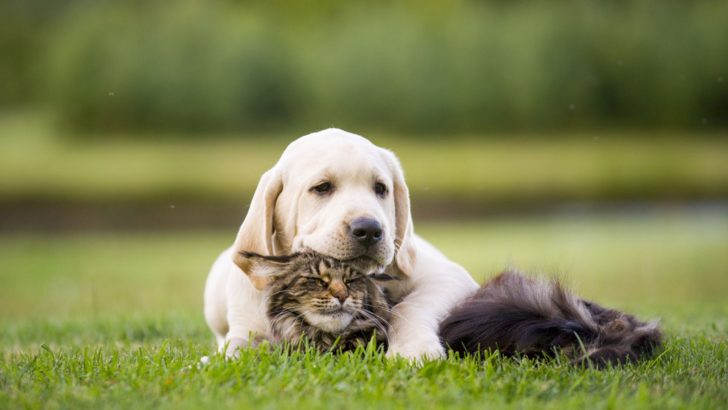
In the world of pets, sharing is indeed caring! Many wonder if cats and dogs can truly coexist peacefully. While some believe it’s impossible, I have a different perspective. Certain breeds of dogs can be a joy to have in a home with cats, while others may not be the best fit for feline friends.
Different dog breeds have varying levels of compatibility with cats, depending on their energy levels and personalities. Surprisingly, some larger breeds can actually get along quite well with cats. Curious to know which ones they are? Keep reading to discover the worst dog breeds for cats, as well as those that are known to be good companions for felines.
It’s important to note that while certain dog breeds may be considered unfavorable for cats, there are always exceptions. Just like every cat is unique, the same applies to dogs. Every dog has its own individual traits, and whether they will get along with cats or not depends largely on their upbringing and socialization.
With proper training and early socialization, most dogs can learn to tolerate cats. So, don’t rule out the possibility of harmony between your furry companions.
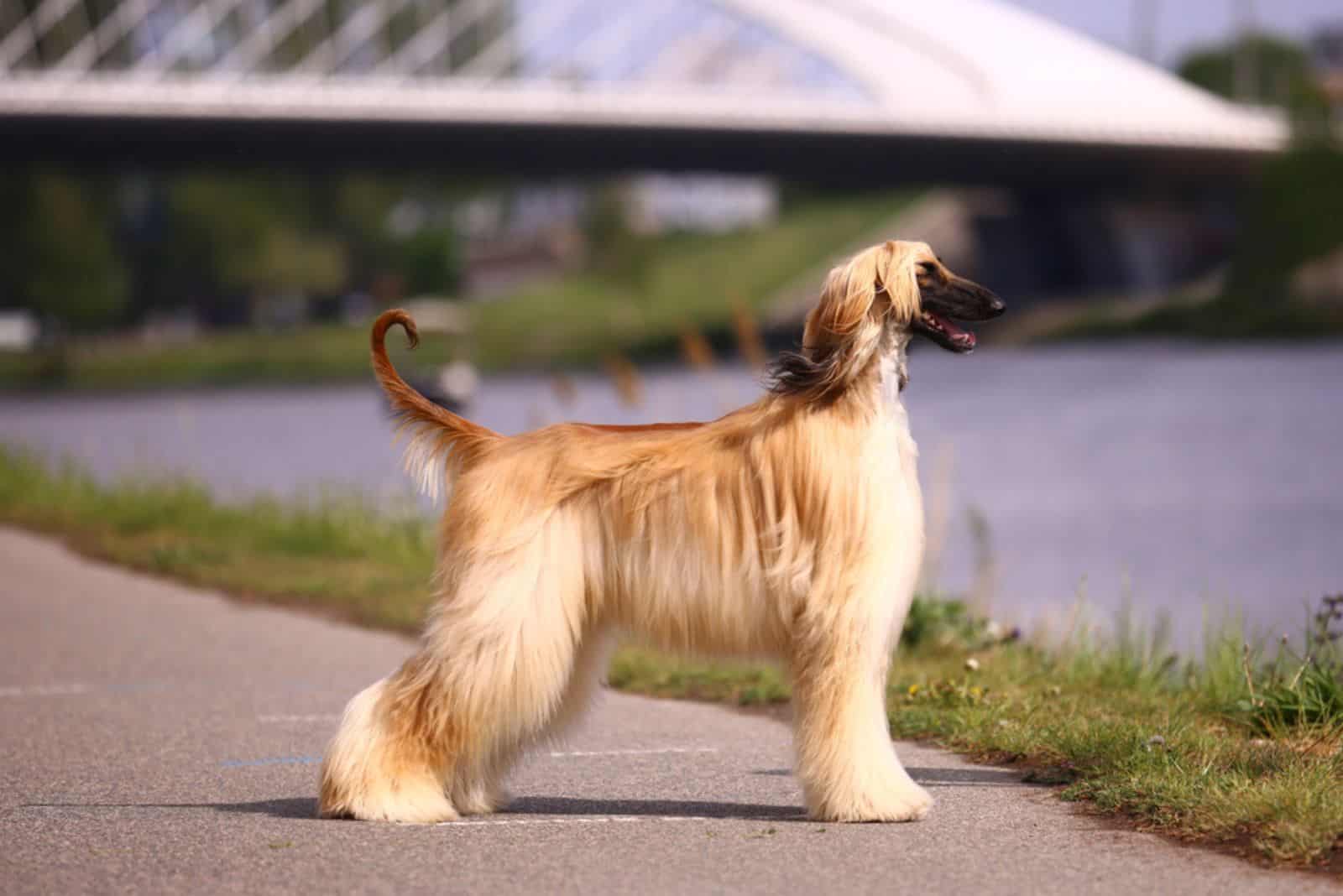
The Afghan Hound is a natural-born hunter, with a history of chasing wild animals and even wolves. Their incredible speed and strength make them expert cat-chasers, earning them a spot on the list of worst dog breeds for cats. Despite their stunning appearance and luxurious silky coat, Afghan Hounds are not the best choice for households with feline friends.
Another breed to consider is the Italian Greyhound.
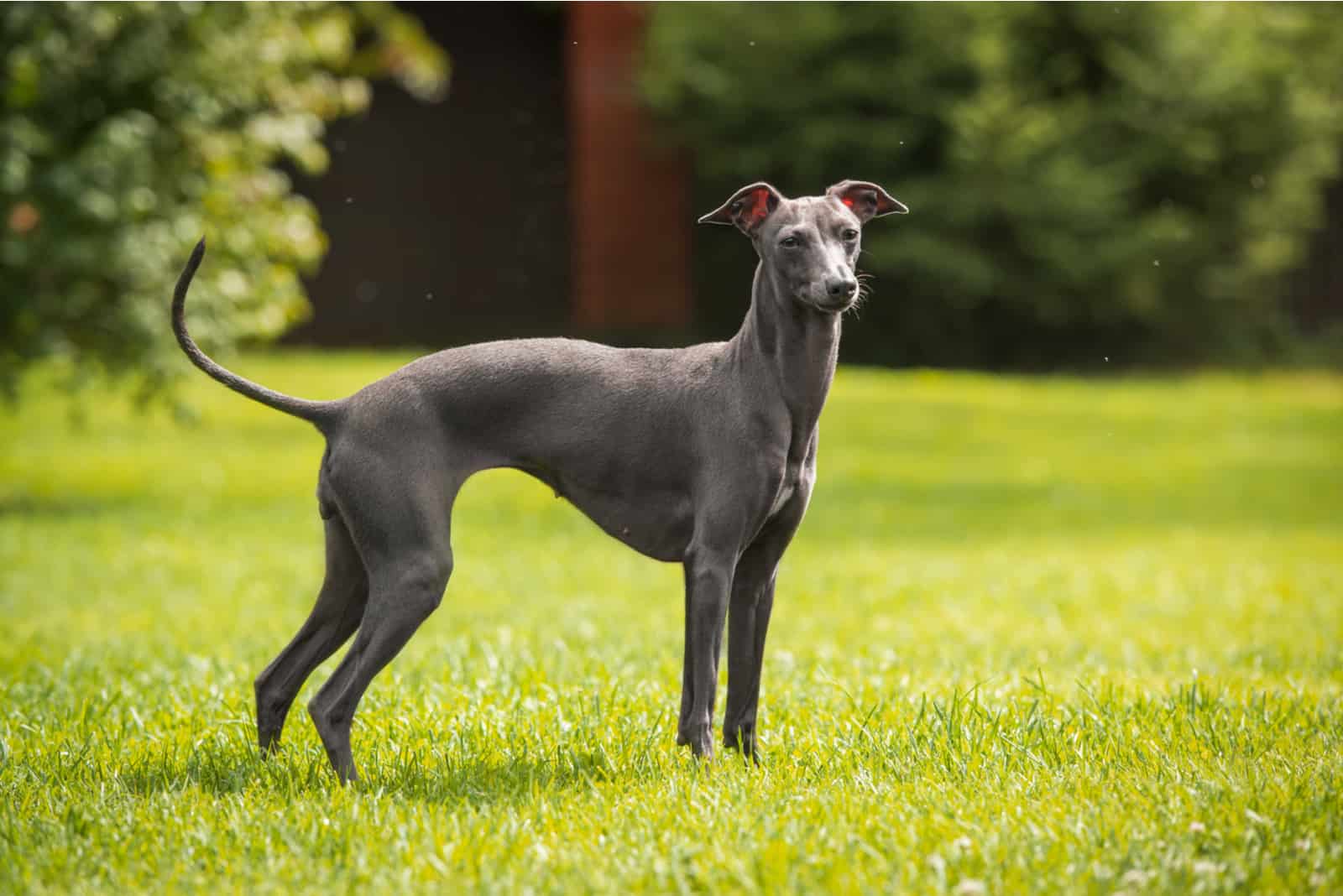
The Italian Greyhound was originally bred for hunting, so their hunting instinct is a crucial factor to consider when deciding on a dog breed to have alongside a cat. Their strong prey drive can sometimes lead them to see a cat as potential prey.
Italian Greyhounds are known for being faithful and well-behaved pets who thrive in a calm and peaceful environment. However, their hunting instincts may take over when they spot a moving creature.
The ability of an Italian Greyhound to coexist with a cat relies heavily on their training and socialization. Proper training techniques and early introduction to cats can greatly influence their relationship.
Introducing a cat to an Italian Greyhound while they are still a puppy provides an excellent opportunity for them to form a bond and grow up together as companions.
Moving on to the Scottish Deerhound…
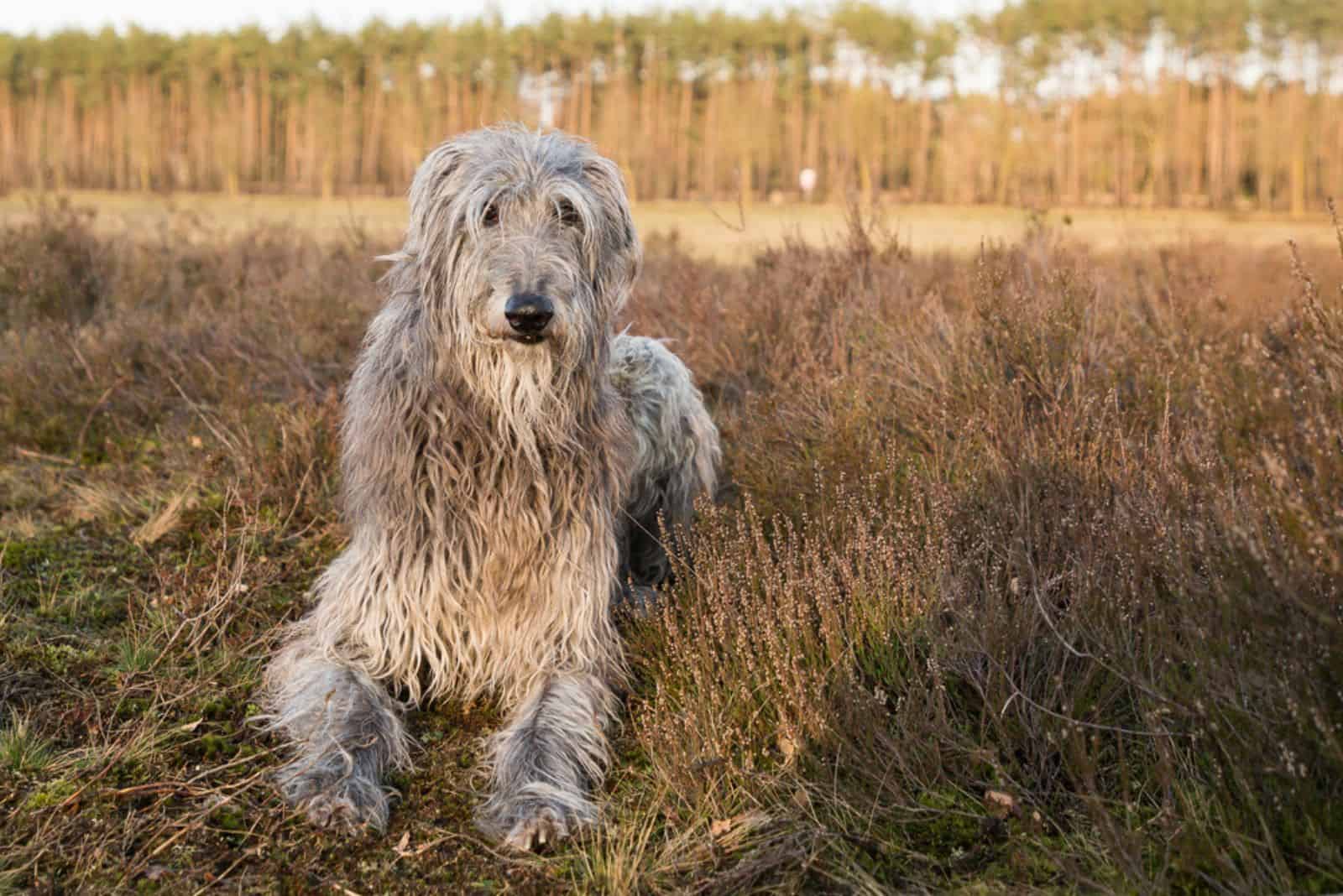
The Scottish Deerhound may be big, but it’s a real sweetheart towards its owners and people in general – except when it comes to cats. These pups have a strong hunting instinct, so having a fluffy feline around is a big no-no.
If you’re considering a Scottish Deerhound as a furry companion, make sure you’re an experienced pet parent. These majestic pooches need a firm hand to steer them away from chasing after your cat.
Training your Scottish Deerhound to live peacefully with your cat might be possible, but be prepared for some hiccups along the way. While they may learn to coexist with your feline friend, other cats may still be seen as fair game.
For the best chance of a harmonious household, it’s ideal to raise your Scottish Deerhound and cat together from a young age. This way, they can grow up alongside each other and hopefully form a bond that will last a lifetime.
4. Let’s talk about the Standard Schnauzer next.
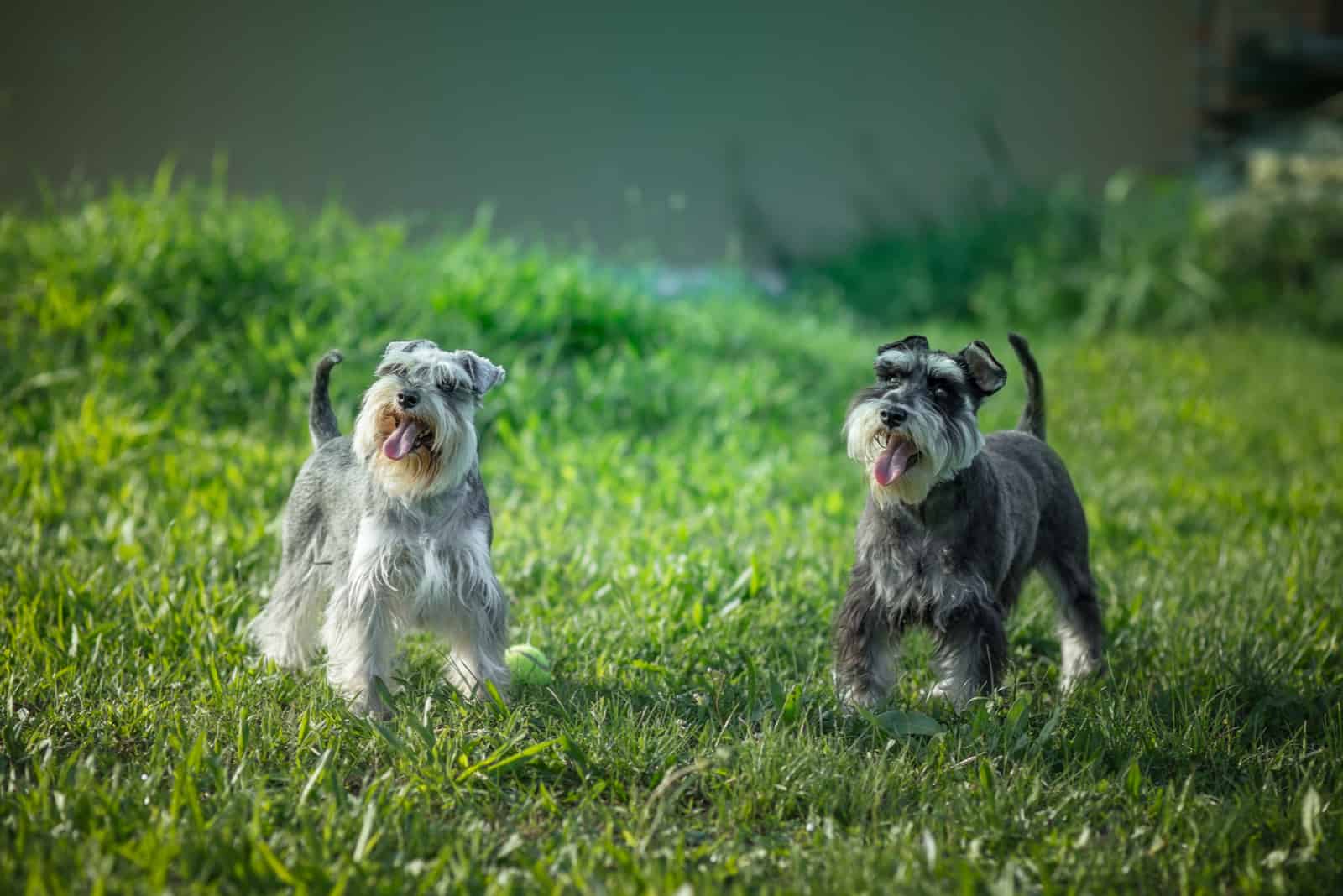
The Standard Schnauzer was originally created to keep families and their animals safe from harm. They were specifically bred to go after pests and rodents. In addition to being friendly and loving towards children, these dogs are also very smart. However, they do need proper training, regular play sessions, and exercise to stay happy and healthy.
On the downside, Standard Schnauzers may not be the best roommates for cats due to their strong hunting instincts and fearless personalities.
5. Pharaoh Hound
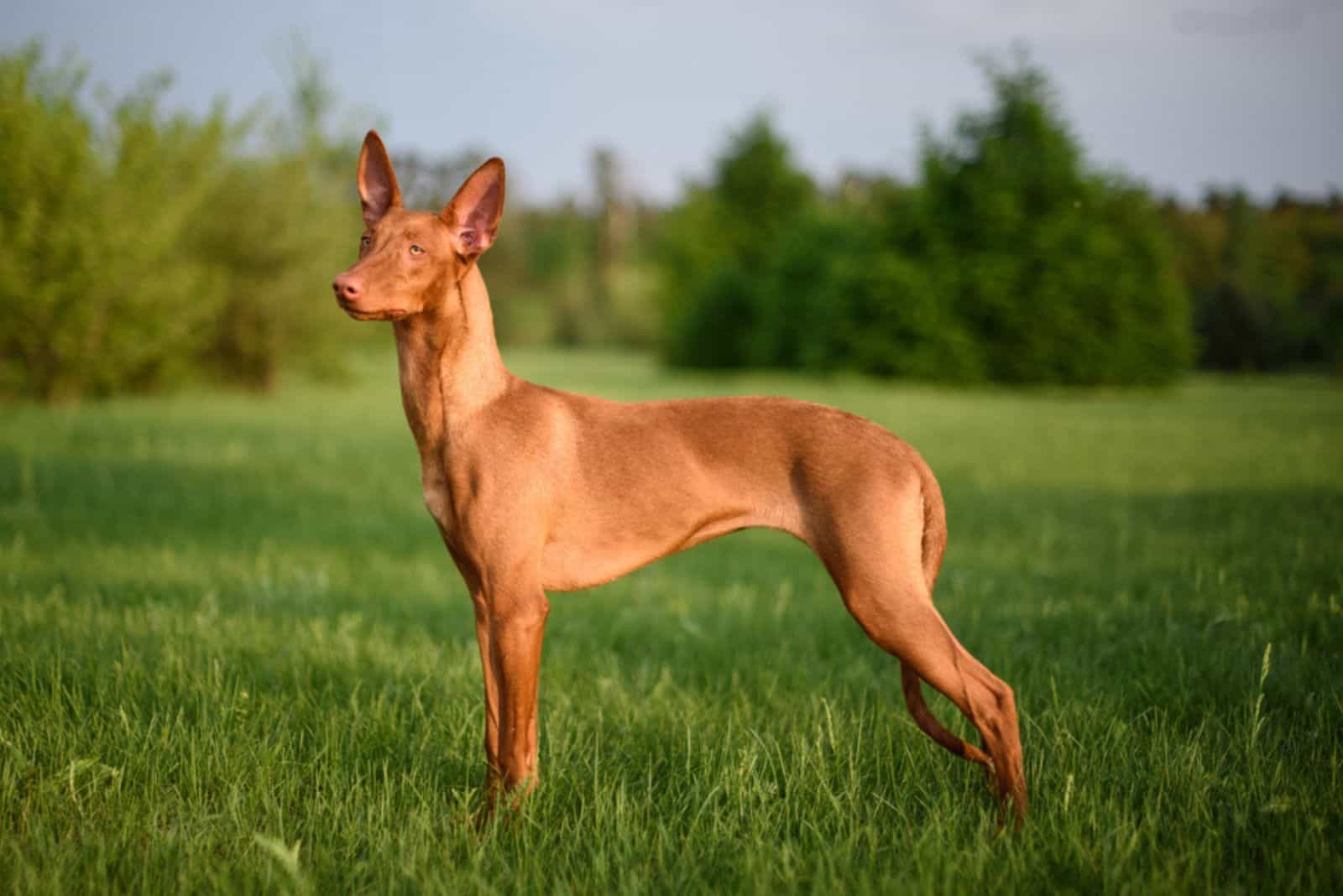
Pharaoh Hounds are known for their unwavering loyalty and strong hunting instincts. Due to their background as hunting dogs, they may see cats as prey and not get along well with them. It is recommended to avoid having a Pharaoh Hound and a cat live together unless they were raised together from a young age.
To prevent any potential risks or accidents, it is essential to provide proper training and supervision if a Pharaoh Hound and a cat share the same household. Even if they appear friendly, their natural instincts can lead to situations where the cat may get hurt. It’s important to always supervise their interactions and separate them when necessary.
In contrast, the Australian Cattle Dog is recognized for its intelligence and strong herding instincts. These dogs are highly energetic and require plenty of physical and mental stimulation to keep them happy and healthy. They thrive in environments where they can engage in activities like agility training or herding games.
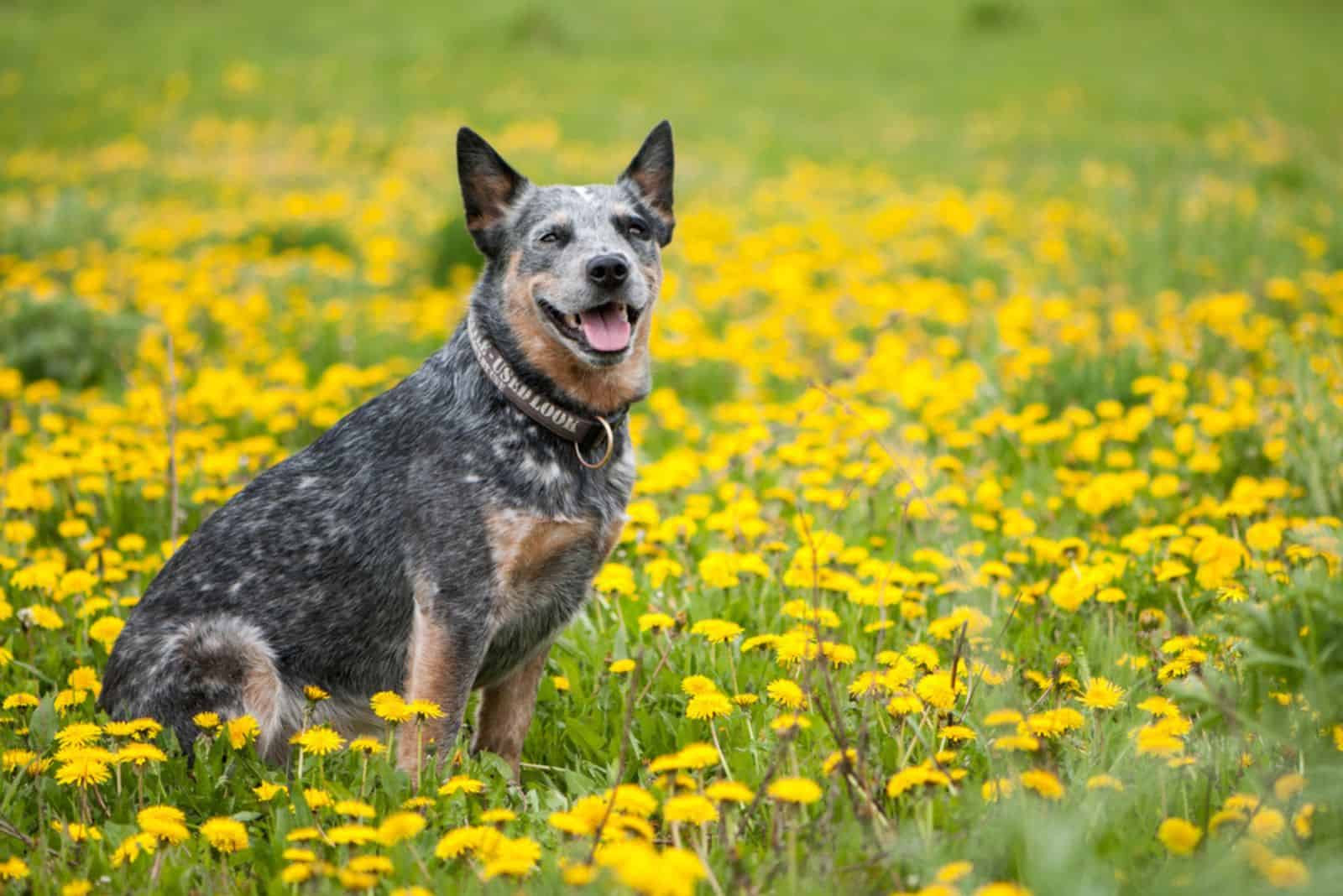
Australian Cattle Dogs are known for their intelligence and high energy levels, always ready for fun and activities. Their strength and bravery make them excellent at herding stubborn cattle. While they excel at problem-solving, they also need regular mental stimulation when indoors. Although they can coexist with cats if raised together, their strong prey drive may make it challenging for them to be friends with felines.

Bedlington Terriers are a breed of dogs known for their inquisitive nature. Their unique appearance can be both charming and intriguing. Despite their lamb-like exterior, these dogs can possess the cunning demeanor of a wolf.
These dogs have a natural hunting instinct and have been known to prey on other animals, including fellow dogs. They are also incredibly swift, making it nearly impossible to stop them once they’ve set their sights on a target. While Bedlington Terriers can be trained to coexist with cats within the same household, they may not be as accommodating towards other felines outside of their territory.
It’s important to introduce a new cat to your Bedlington Terrier at a young age if you hope for them to develop a friendship. Trying to make them get along as adults may prove to be more challenging.
On the other hand, let’s talk about Yorkshire Terriers…
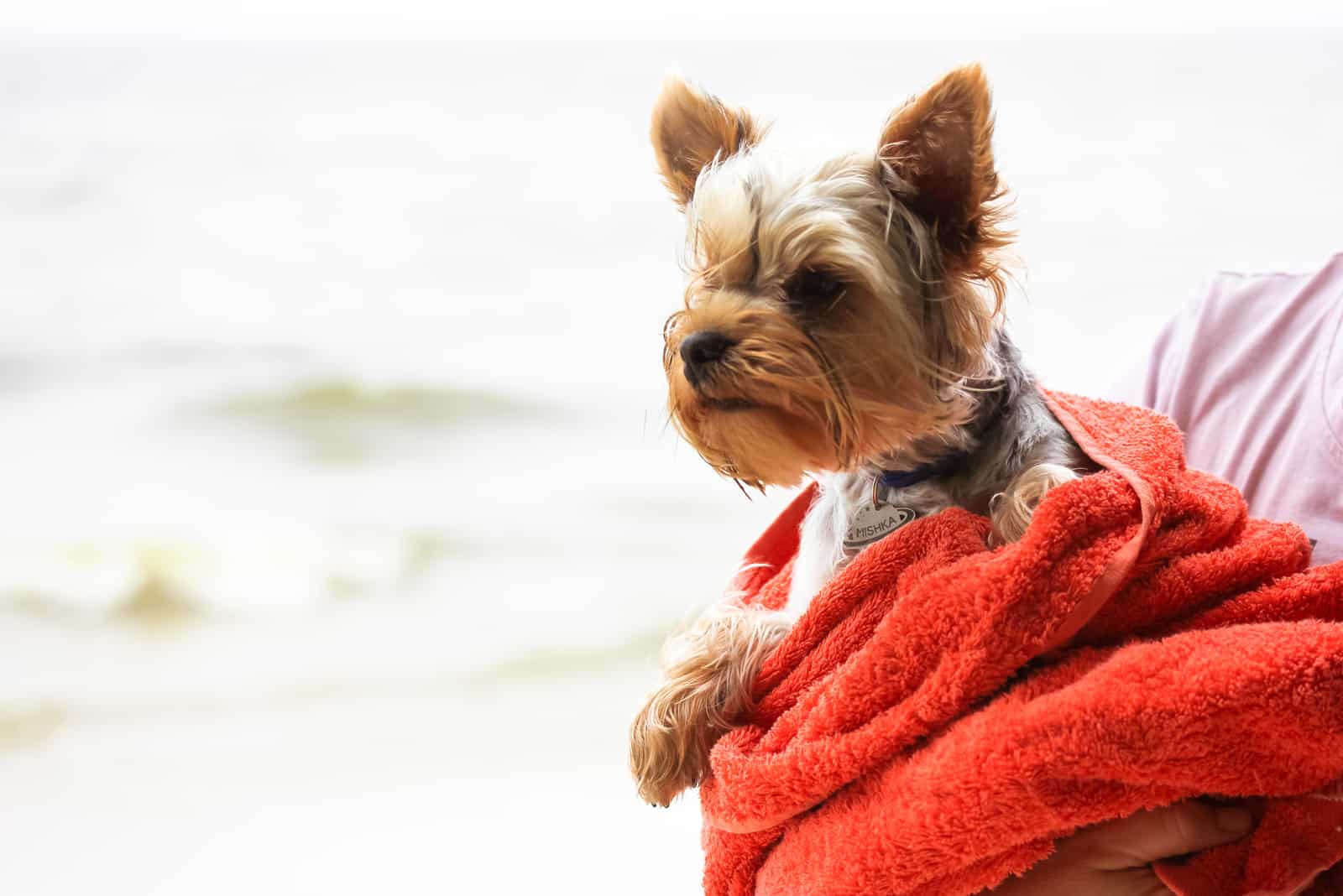
Yorkshire Terriers may be pint-sized pups, but they certainly don’t lack in personality. These tiny canines seem to have a bit of a superiority complex, thinking that the world should revolve around them.
When it comes to sharing their beloved owners, Yorkies are not too keen on the idea, especially when it involves a feline friend. Bringing a cat into the mix could be seen as a challenge to their happiness by these adorable Yorkies.
In fact, they might even exhibit aggressive behavior towards the new cat out of a sense of threat. Despite their small stature, Yorkies can still pack a punch and pose a potential danger to your furry feline companion.
9. The Greyhound

The Greyhound is known as the speediest dog in the world, originally bred for hunting small prey, making them not ideal for homes with cats. While it’s a popular belief that all Greyhounds will chase after cats on sight, the truth is that some may have a strong instinct to do so, while others can learn to coexist peacefully with feline friends. While Greyhounds make great family pets, their fast and agile nature makes them a risky choice for households with cats, as there’s a high likelihood they will chase and potentially harm them. On the other hand, Jack Russell Terriers are also known for their high energy and hunting instincts.
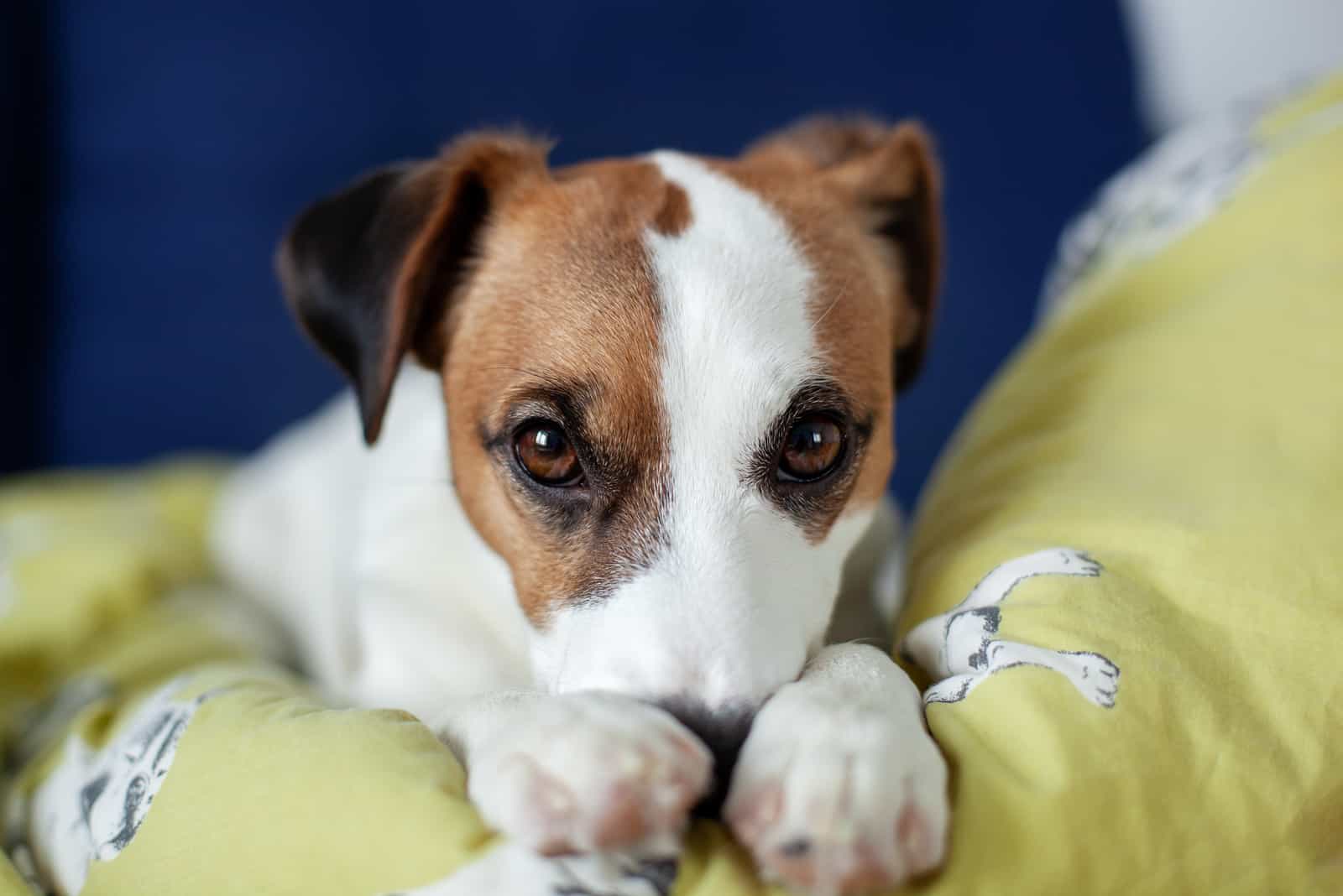
The Jack Russell Terrier has its roots in England, where it was bred for hunting during a time when hunting was a popular pastime. Originally used for hunting foxes, this breed quickly gained popularity among hunters. While they may not be used for hunting as much these days, Jack Russell Terriers are still highly regarded.
One distinguishing trait of the Jack Russell Terrier is its strong prey drive, which is more pronounced compared to other terrier breeds, likely due to its hunting history. This makes them not the best choice for households with cats, as once they start chasing a cat, they are unlikely to give up easily.
Moving on to the Smooth Fox Terrier…
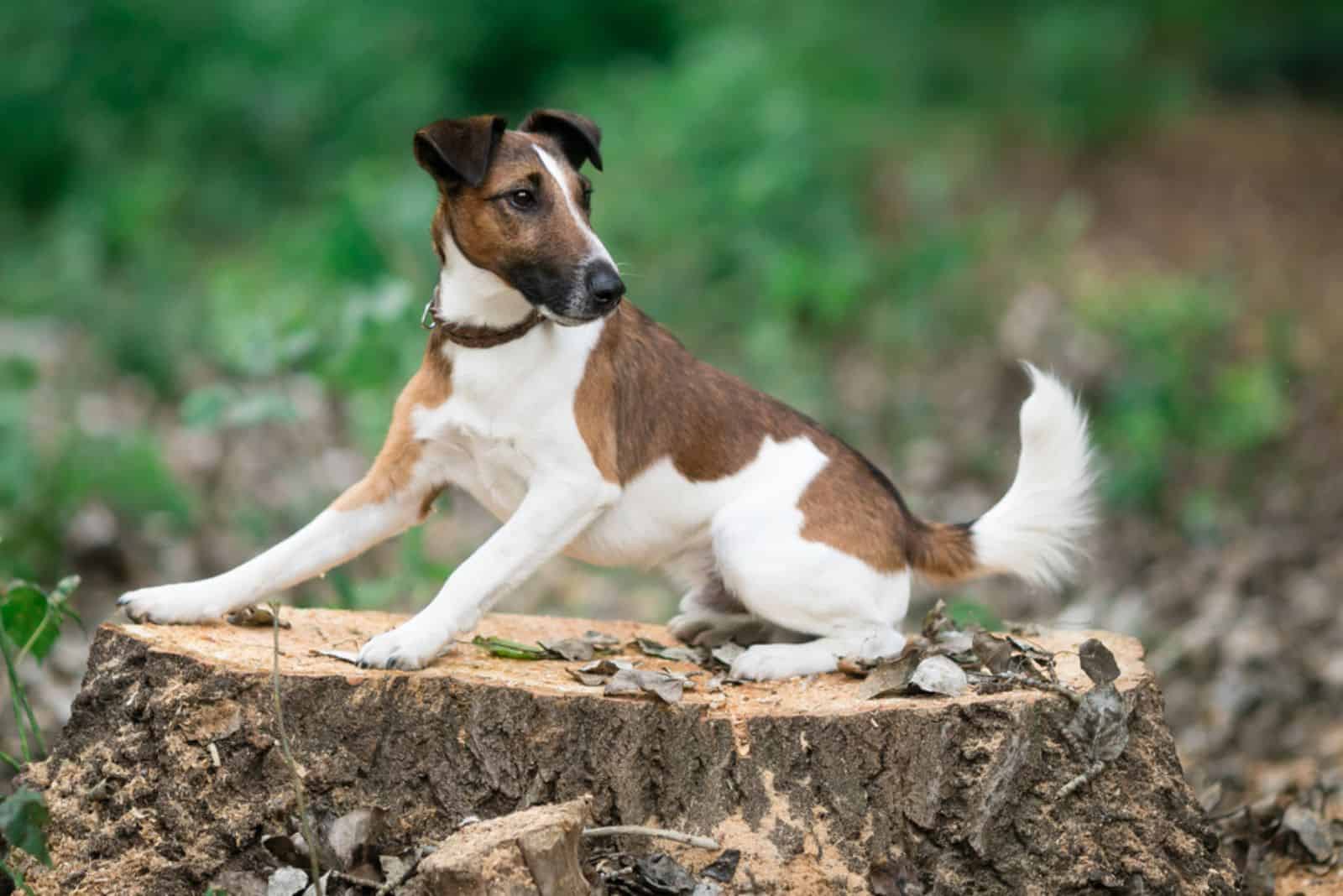
The Smooth Fox Terrier was first developed by farmers for hunting rodents and foxes, a job they no longer really do today. However, they still have that hunting instinct in them. These dogs are intelligent and fearless, needing plenty of exercise and play to stay happy. They are fiercely protective and devoted to their owners, making them great watchdogs. However, due to their strong prey drive, they may not be the best fit for homes with cats.
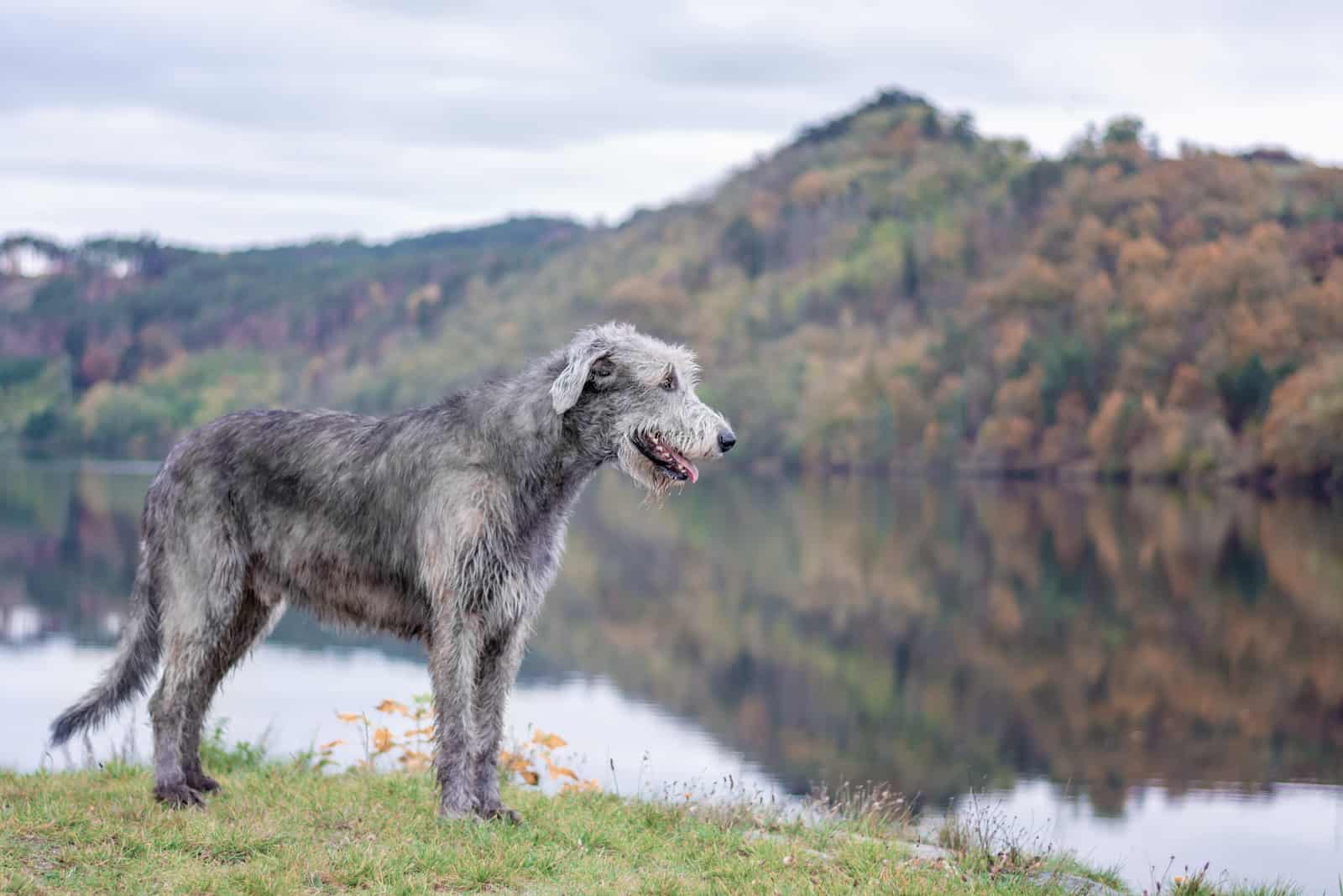
The Irish Wolfhound, despite being one of the tallest dogs in the world, can make a great addition to your family. They are known for their friendly nature and love for playtime with everyone they meet.
Originally bred for hunting, Irish Wolfhounds were also known as sighthounds. This background may lead them to view smaller animals, like your pet cat, as potential prey.
Their immense size and strength make them successful hunters, posing a potential danger to your cat. However, there are instances where Irish Wolfhounds have learned to coexist peacefully with cats, especially if they are raised together.
While there is always a risk of a cat being attacked, some Irish Wolfhounds can adapt to sharing their space with feline companions.
Moving on to the Toy Manchester Terrier…
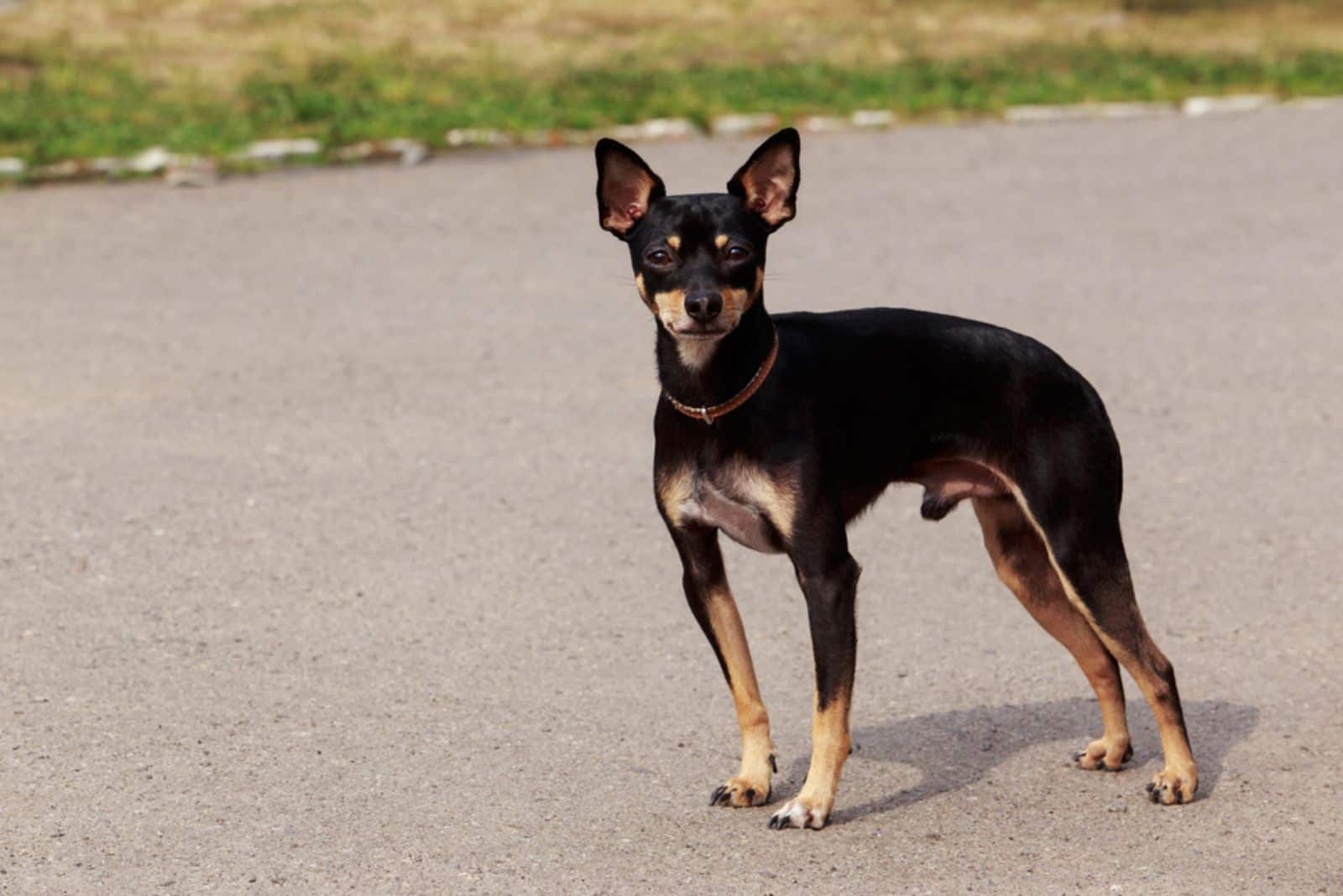
Toy Manchester Terriers were originally bred for hunting small pests like mice and rats, hence the nickname “rat terriers”. These dogs are known for their loyalty, affection, and make wonderful family companions.
However, they have a tendency to be possessive and may not be keen on sharing their owners with other pets. They are also not the best match for households with cats, as they have a natural dislike for them.
Even with training, it’s likely that your Toy Manchester Terrier will still be wary of your cat, leading to potential conflicts between them. This could result in a less harmonious pet dynamic in your home.
14. The Schipperke is another breed to consider.

Known for its fluffy white coat and playful personality, the Samoyed is a popular dog breed that originated in Siberia. These dogs were originally bred to herd reindeer and pull sleds, making them hardworking and intelligent animals.
Samoyeds are known for their friendly nature and love for human companionship. They are great with families, including children and other pets, and enjoy participating in various activities.
While Samoyeds are generally well-behaved, they do have a strong prey drive and may show interest in chasing smaller animals. It is important to provide them with proper training and exercise to keep them content and well-behaved.
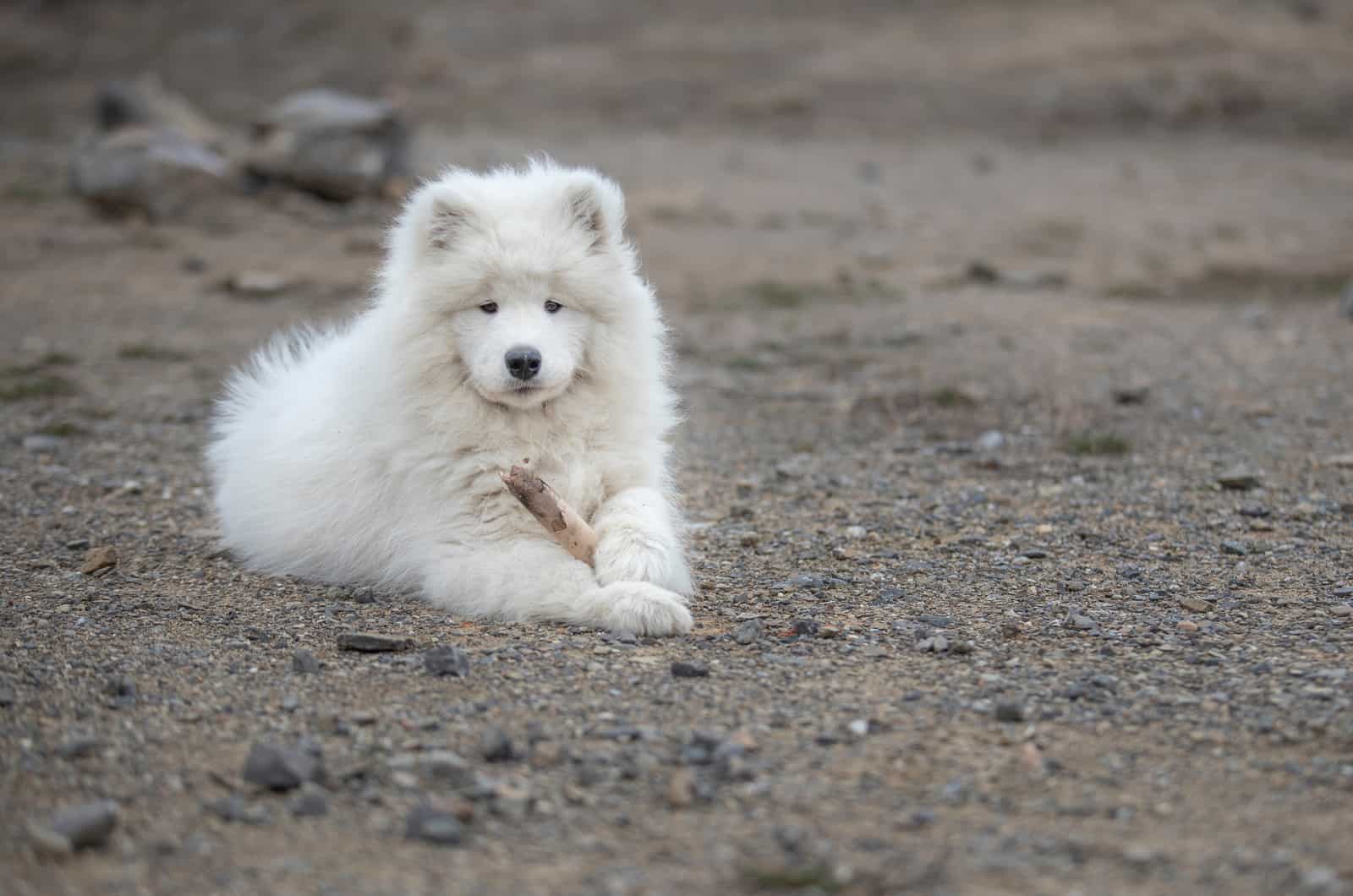
The Samoyed breed is known for their soft and fluffy appearance, with hair that feels just as luxurious to the touch. Despite their cute and cuddly exterior, Samoyeds actually stem from a lineage of Siberian working dogs, boasting a strong prey drive and herding instincts. They make fantastic family pets, although their interactions with cats can be unpredictable. Some Samoyeds view cats as prey, while others form strong bonds with them. Each dog is unique, just like cats, so it’s impossible to guarantee how your Samoyed will behave around felines. While Samoyeds may not always be the best match for households with cats, they still make wonderful companions for families. On a different note, let’s discuss the Weimaraner breed.
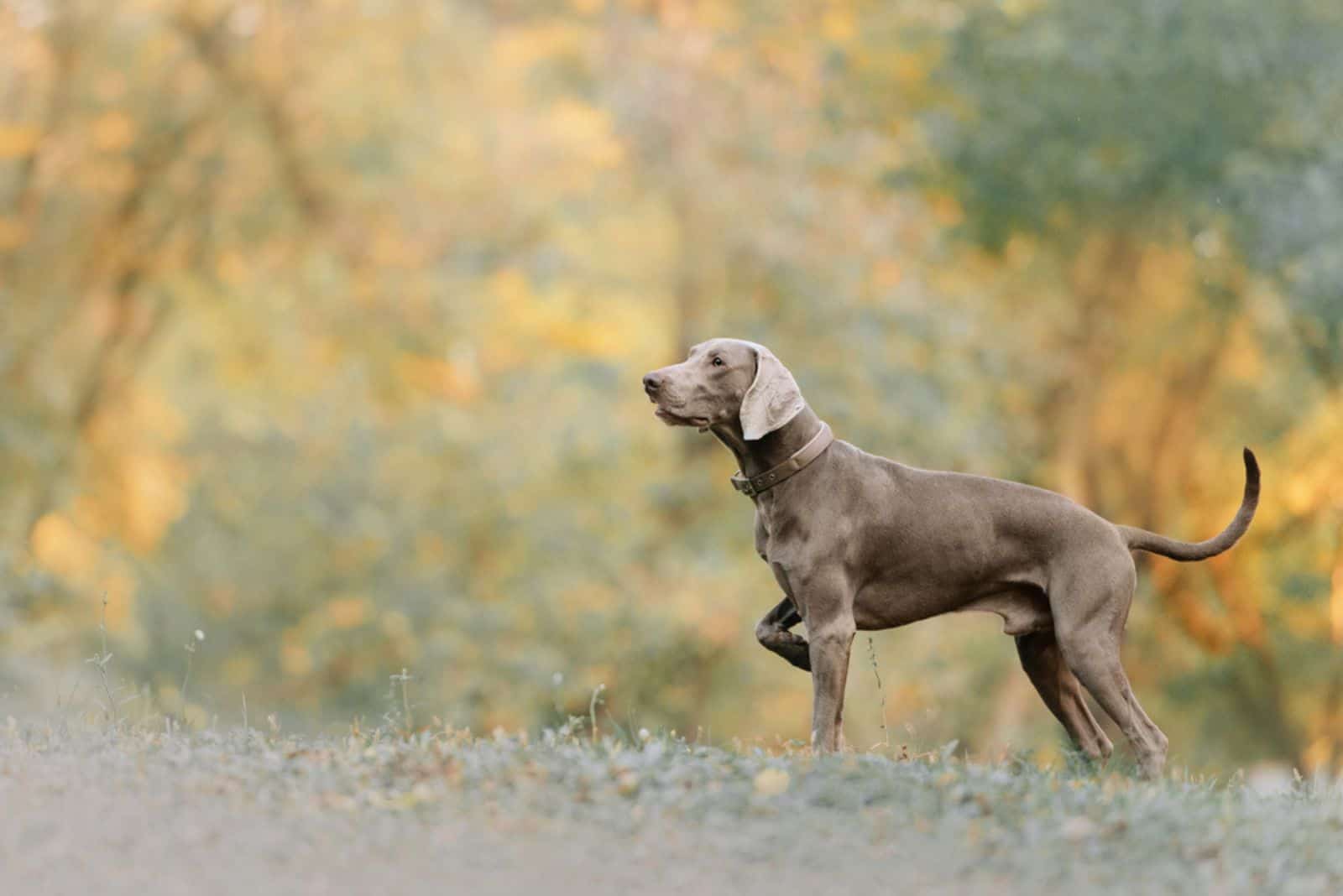
It’s safe to say that dogs bred for hunting, like the Weimaraner, won’t be the best companions for your cat. While Weimaraners make wonderful pets and are very affectionate towards their owners, they just can’t seem to be friends with cats. Even if raised with felines, Weimaraners may still see them as foes due to their inherent instincts. Though there are rare instances of Weimaraners and cats getting along, it’s probably not worth the risk for your cat.
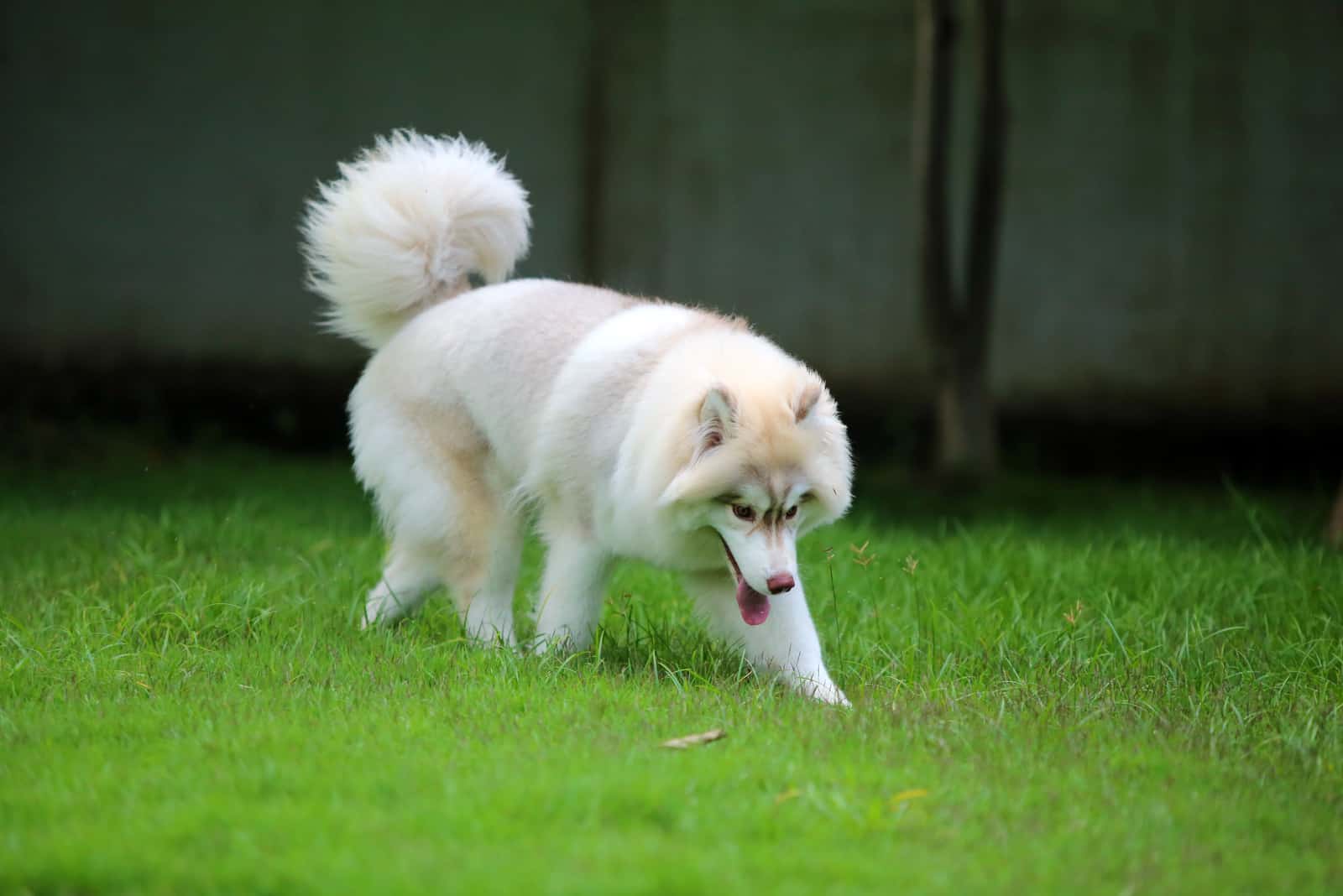
The Siberian Husky is a striking breed known for being attention seekers, making them not ideal for new dog owners or households with small pets. Their hunting instinct can pose a danger to smaller animals, especially cats. However, if you raise a Husky puppy and kitten together, they can grow to be companions without feeling threatened. It’s important to introduce them in a calm setting and reinforce good behavior.
18. The Shih Tzu
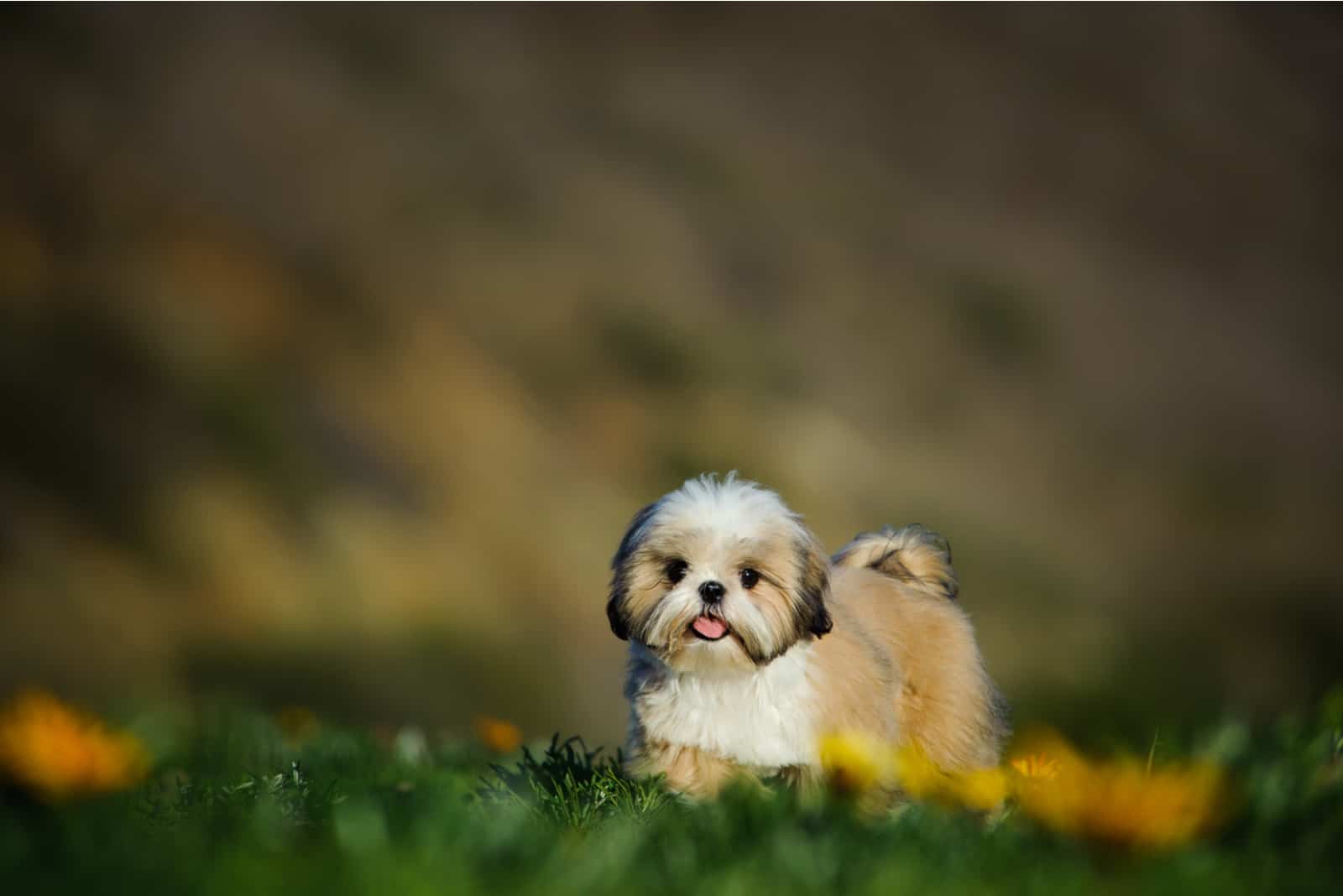
The Shih Tzu, affectionately known as the Chinese Lion Dog, is a breed that thrives on love and attention from their human companions. They are friendly and get along well with other animals, although they can sometimes feel threatened by them and act out of jealousy.
While they may not physically harm other pets like cats, Shih Tzus can experience feelings of sadness and loneliness if they are ignored. It’s important to introduce them to new pets slowly to ensure a harmonious relationship.
If you do not have the time to properly train and care for both a cat and a Shih Tzu, it may be best to reconsider adopting both.
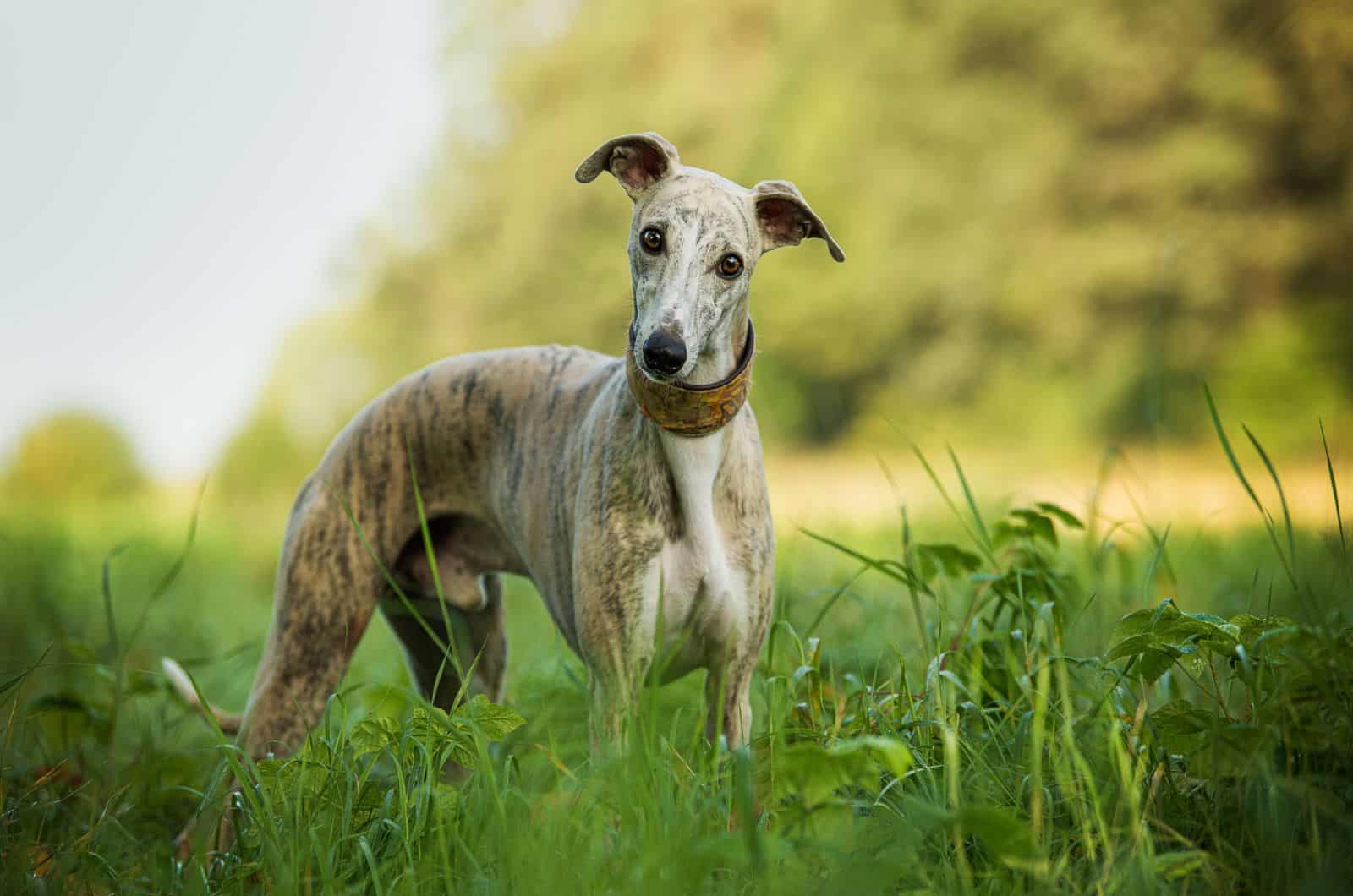
Salukis hold the title for being the quickest domestic animals in their size range. Originally bred as racing hounds and hunters in England, it’s clear that their prey drive doesn’t mix well with having a feline companion.
While they excel as indoor pets, their inclination to pursue cats makes them a poor choice for households with feline friends.
Given their incredible speed, they have a good chance of catching any cat they set their sights on, which is definitely not what we want.

The Saluki may look regal, but they were actually bred for hunting, with the stamina and power to chase their prey for long distances. In ancient Egypt, Salukis were trained to hunt and take down gazelles. As a result, Salukis have a natural hunting instinct and may go after any moving animal nearby.

The American Pit Bull Terrier is a lively and strong breed known for their affectionate nature. Despite their reputation for having a tendency to engage in fights, there is a belief that they may try to chase after your feline friend.
Starting early with socialization can be beneficial in helping your pitbull adjust to living alongside cats. However, it’s likely that your Pitbull will still have the urge to playfully chase your cat around the house.
It is important to introduce them to each other gradually and patiently, especially when they are young, to foster a peaceful coexistence.
One similar breed to consider is the Staffordshire Bull Terrier.
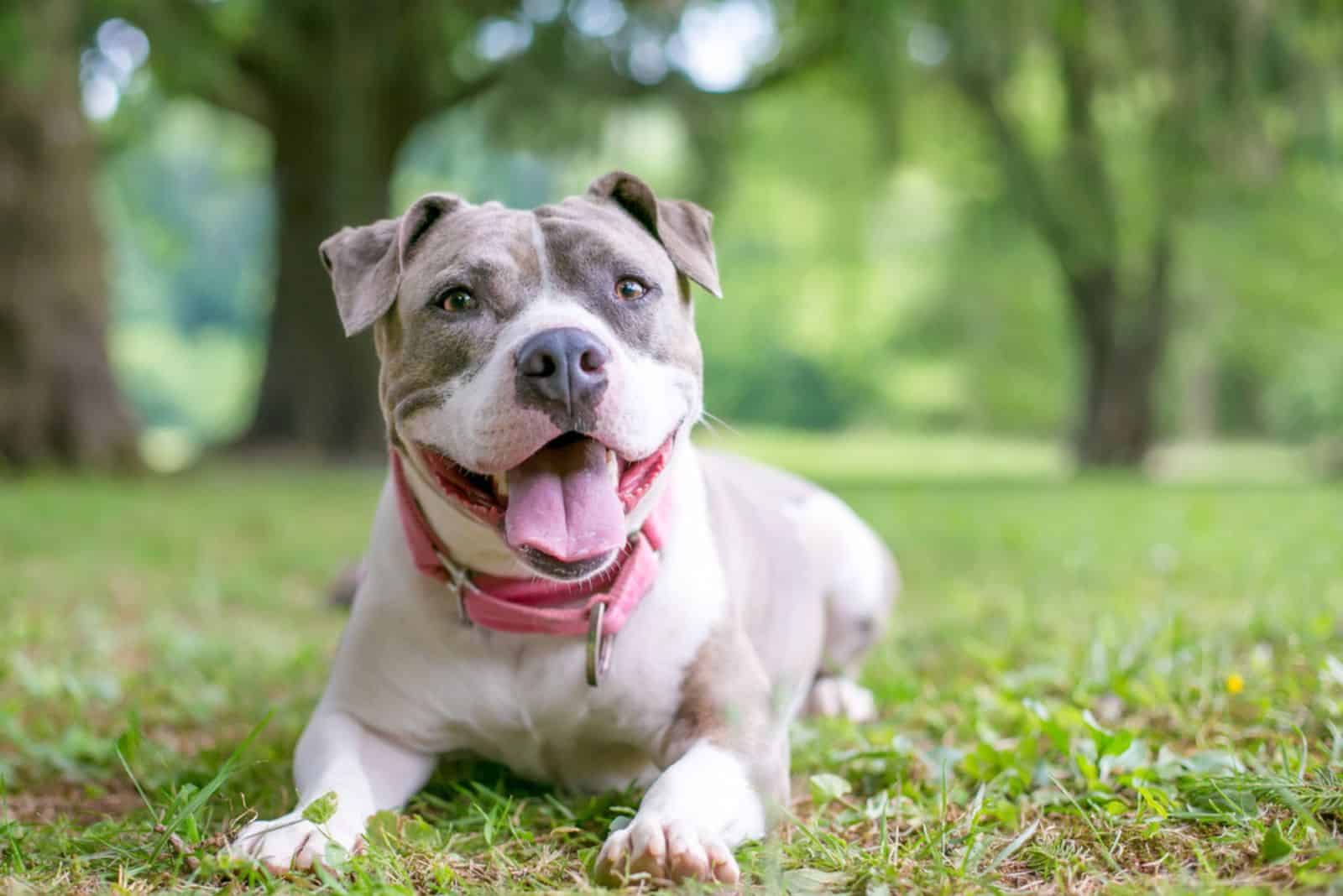
I saved this story for last because I have a friend who has a Staffordshire Bull Terrier and a cat that not only live together, but also sleep, eat, and play together harmoniously. Even though Staffies are often considered not good with cats, this particular pair gets along great.
Staffordshire Bull Terriers are medium-sized and muscular dogs that are known for being protective of their owners, yet very friendly. They are people-oriented, loving, and loyal pets who form strong bonds with their family members. While they can be cautious around other pets, Staffies can be trained to coexist peacefully.
Here are 15 dog breeds that have been known to be good choices for households with cats, including the Basset Hound. However, it’s important to remember that every dog (and cat) is an individual, so there can always be exceptions to breed stereotypes. These dog breeds are typically calm and sweet-natured, and their owners have had positive experiences with them living alongside their feline companions.
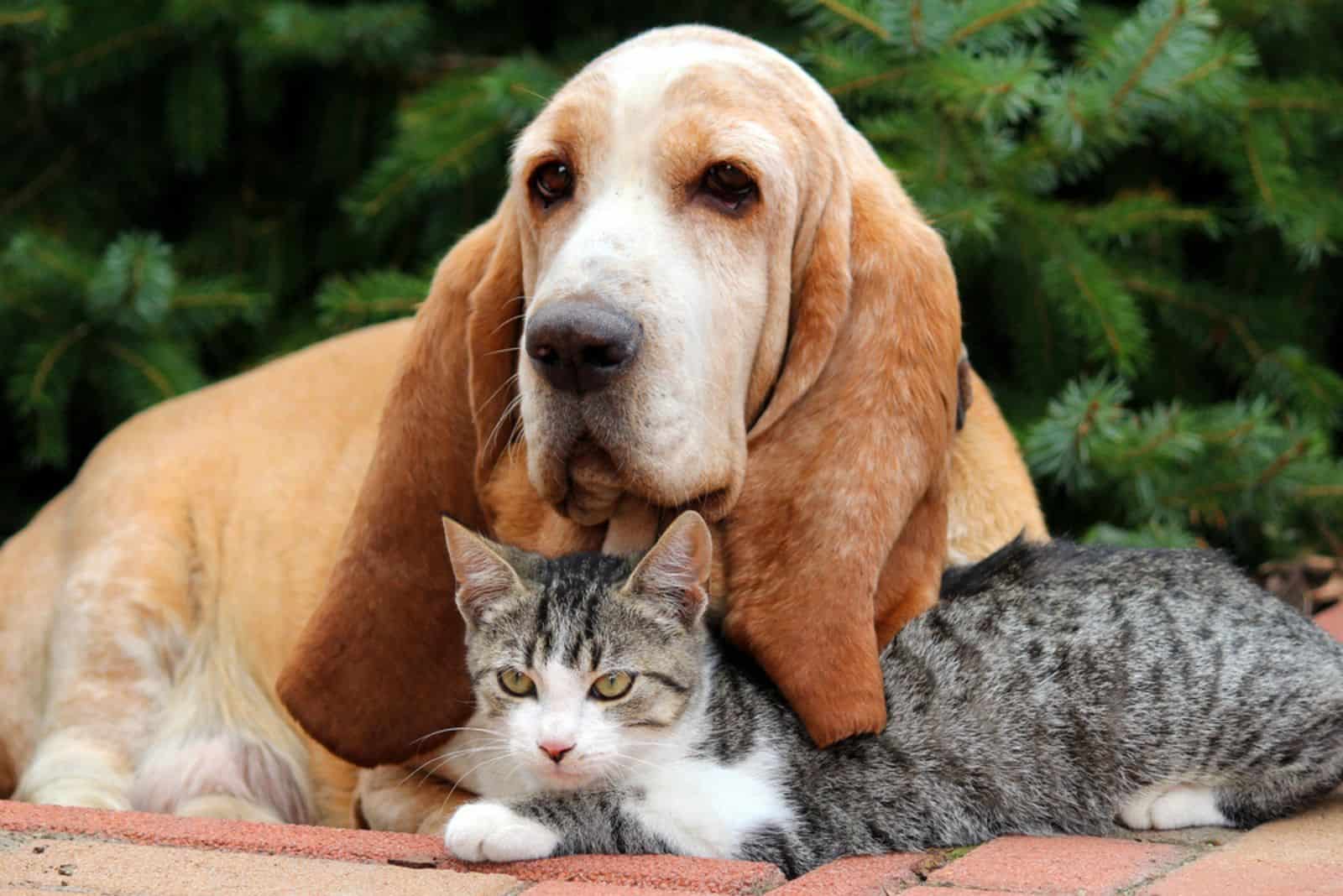
Topping the list of cat-friendly dogs is the Basset Hound, known for its hunting instincts but preferring to hang out with its owners instead of chasing after the cat. With their relaxed demeanor, Basset Hounds are a great fit for feline companions. While they may be a bit stubborn to train, they often end up snuggling with the cat.
Next up is the Labrador Retriever.
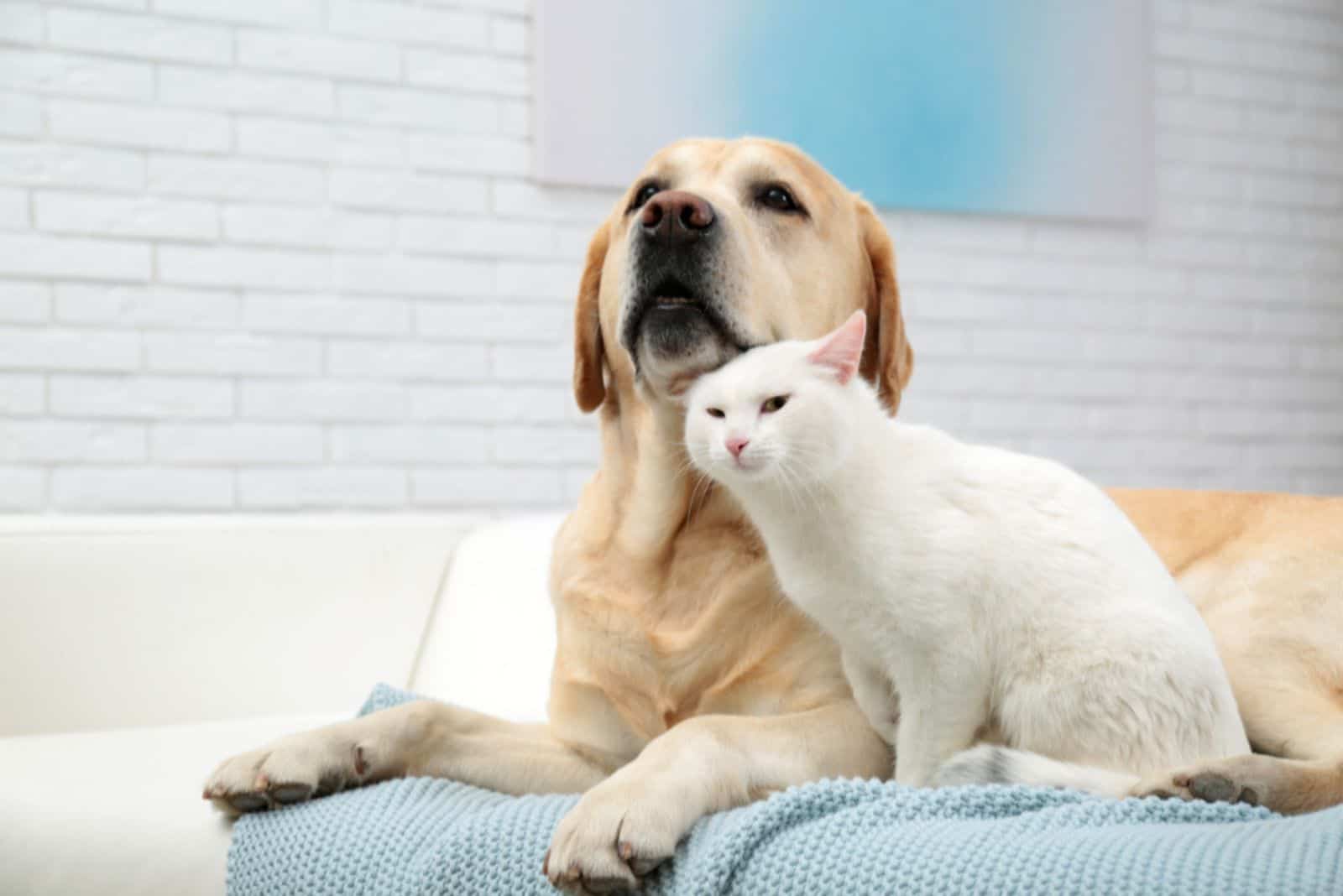
Labrador Retrievers are often seen as some of the most cat-friendly dogs out there. They have a special affinity for felines and are great companions for families with cats. Known for their loyalty and affection, Labrador Retrievers are a popular choice for households with children. If you’re looking for a big dog that will mesh well with your cat, this breed might be the perfect fit for you.
Shetland Sheepdogs are another breed that is known for their friendly and gentle nature, making them a great choice for families with cats.

The Shetland Sheepdog is a great dog breed that is known for being friendly towards cats, despite belonging to the herding dog group. They are a perfect choice for cat owners as they are easy to train and will remain obedient and loyal. Having a cat around will also benefit the Shetland Sheepdog, as they will stay entertained and avoid boredom when you’re not home, reducing excessive barking.
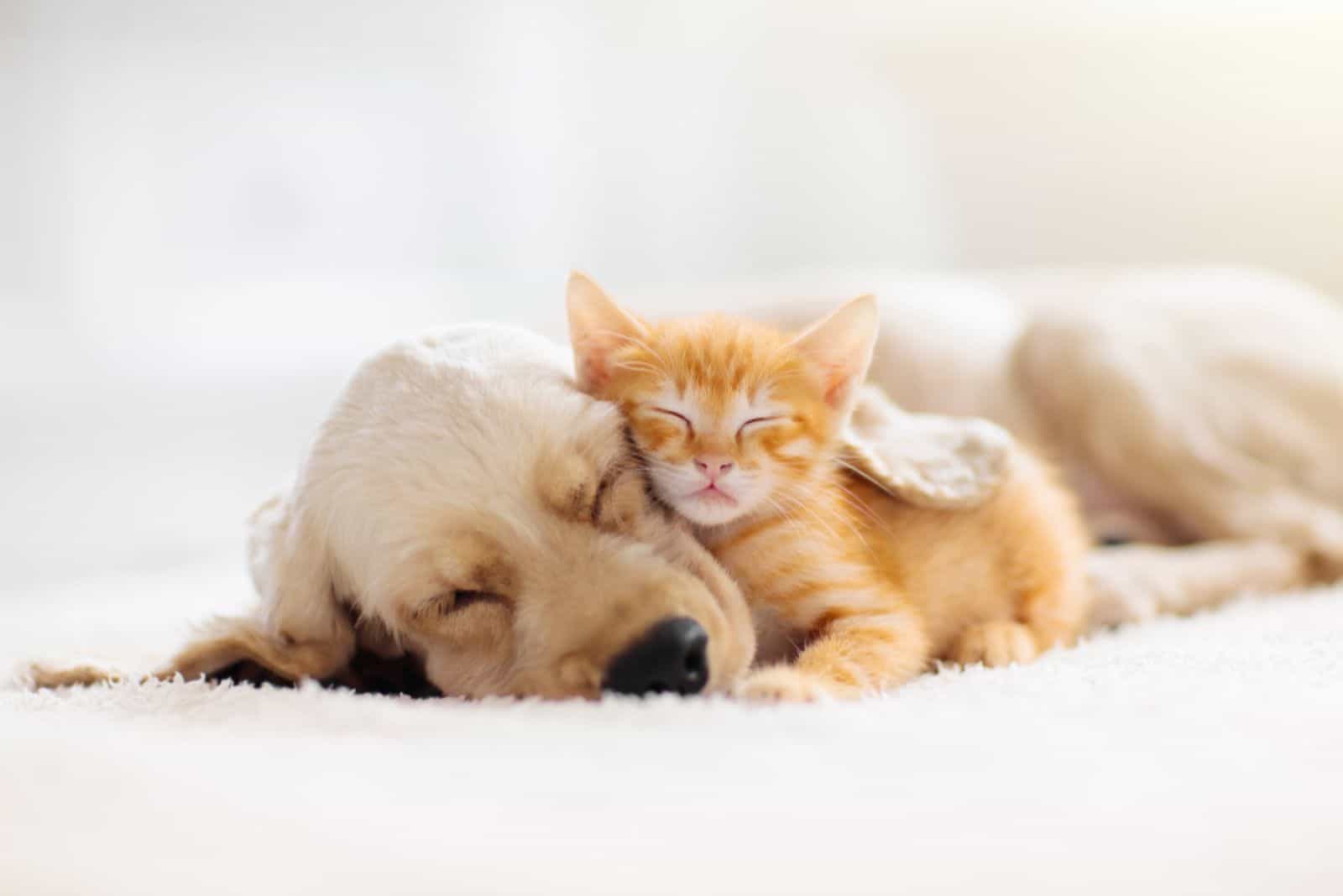
When it comes to dogs that get along well with cats, Golden Retrievers and Labradors are often at the top of the list. Known for their loving and compassionate nature, these dogs are more than happy to welcome cats into their lives. It’s important to train them early on not to chase after kittens, but once they learn this, they will undoubtedly become your cat’s closest companion. Golden Retrievers are known for their tolerance towards all creatures, making them the perfect furry friend for your feline.
5. The Boston Terrier is another breed that is known for being great with cats.
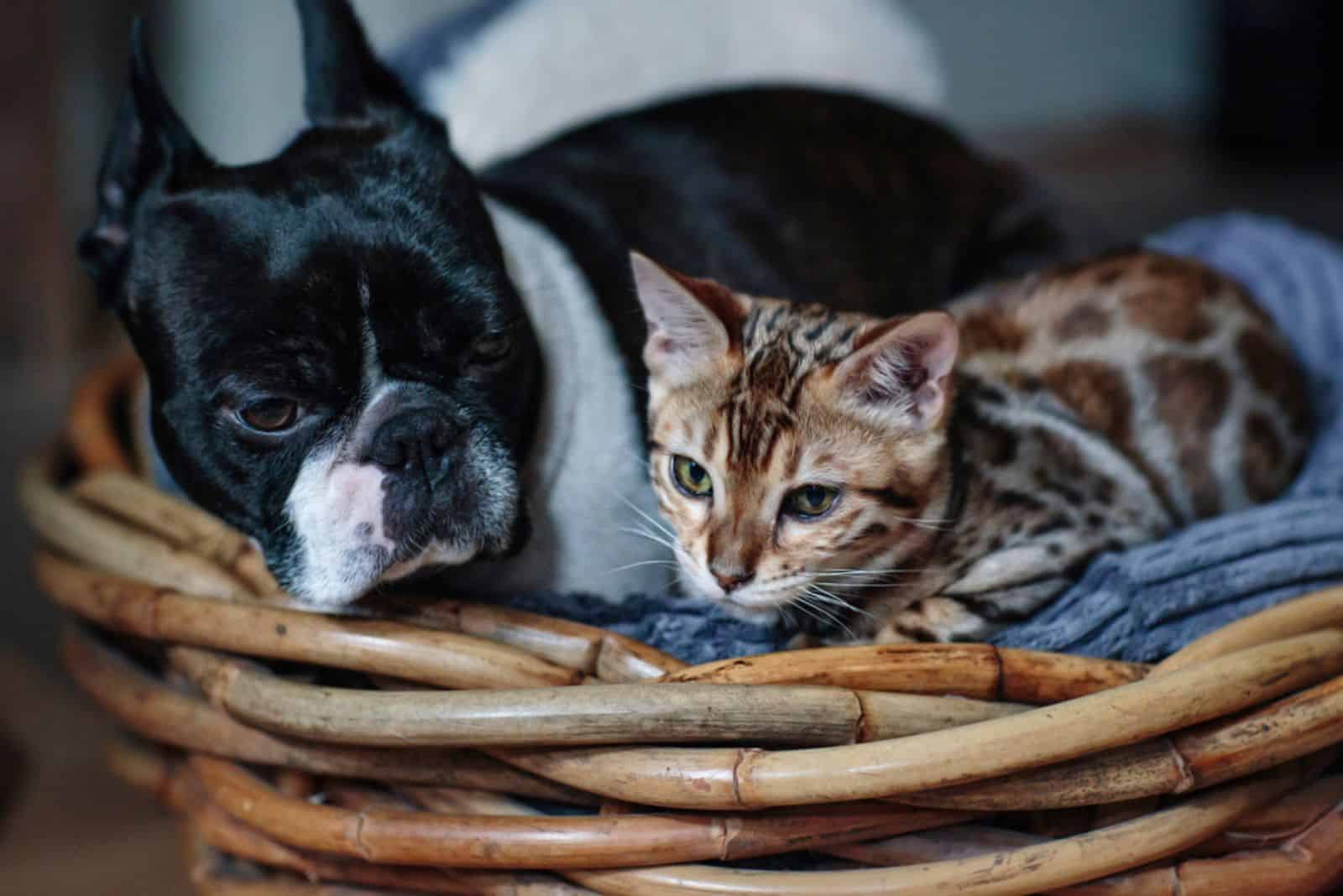
Out of all the different types of Terriers, the Boston Terrier is the exception when it comes to getting along with cats. While most Terriers are not recommended to be around cats, Boston Terriers are an exception because they are cat-friendly. Although they might playfully chase cats around, it’s more for fun than hunting. Boston Terriers are known for being peaceful and kind towards cats and other animals.
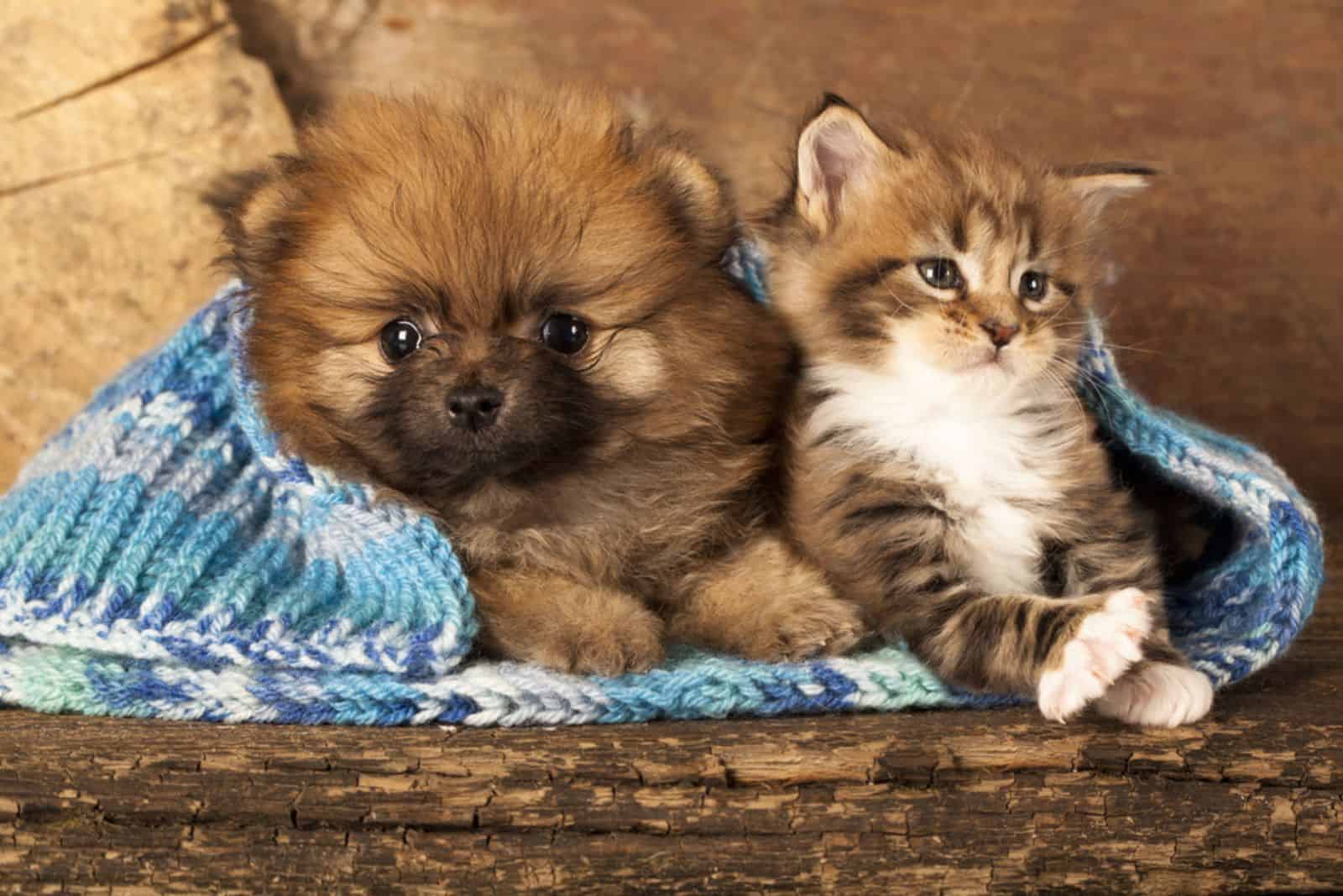
Pomeranians are becoming increasingly popular among cat owners due to their friendly demeanor and petite size. They are easy to care for and get along well with cats, making them a great choice for a furry buddy. With their high energy levels, Pomeranians love to play, especially when they have a cat companion by their side. If you’re looking for a small dog that can coexist harmoniously with your feline friend, the Pomeranian is the perfect choice for you!
7. Beagle

Beagles were originally bred for hunting in groups, so many cat owners wonder if they are a good fit for their home. Beagles are generally considered to be cat-friendly because of their pack mentality, viewing cats as part of their group. A Beagle that is friendly will likely get along well with cats, but it’s recommended to have just one Beagle in the household. When Beagles are together, they tend to form their own pack which may not include a cat. However, if you have only one Beagle, it is more likely to form a bond with the cat. These dogs are known to be family-friendly and also get along with other animals.
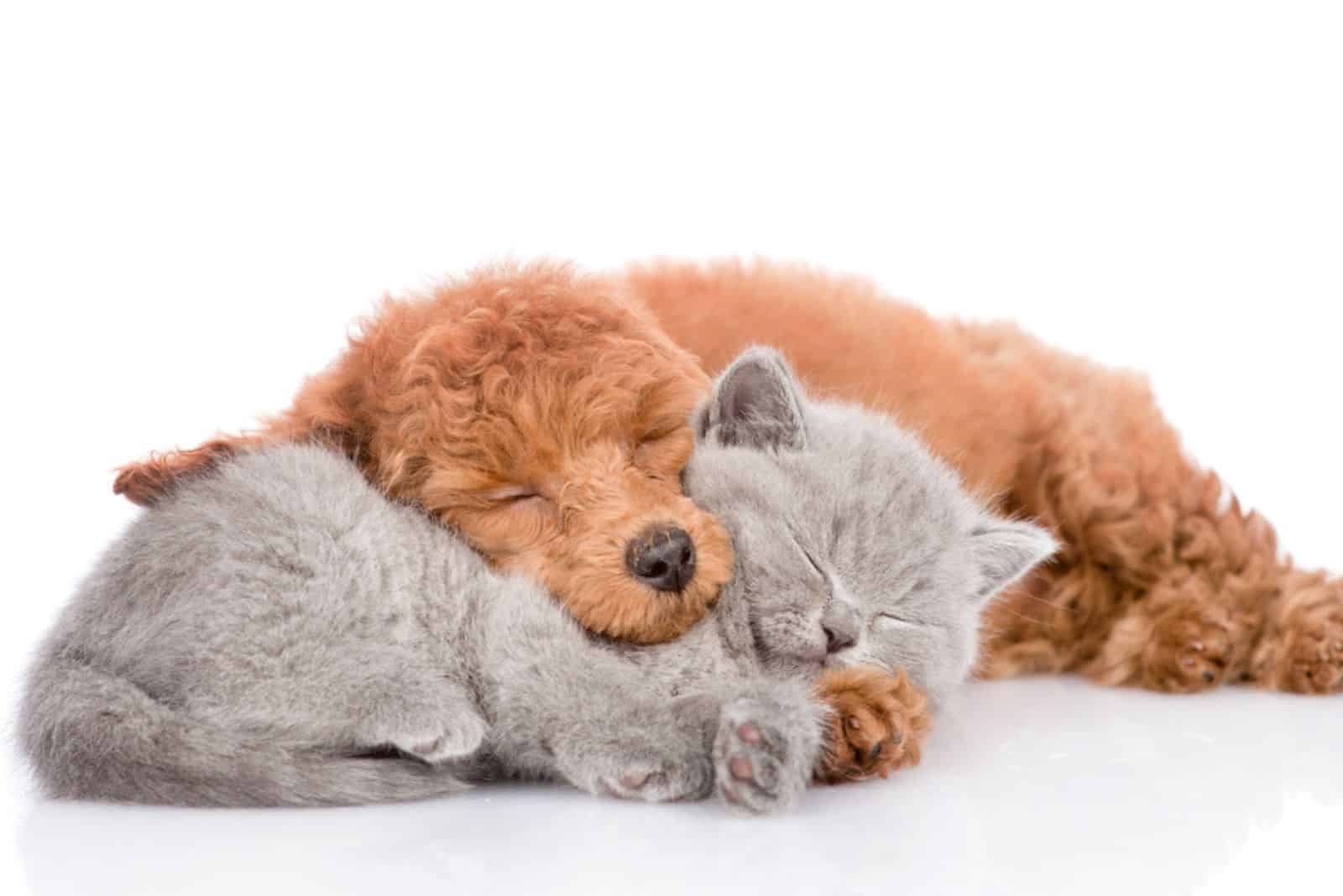
Collies come in three different sizes and are known for their friendly nature and compatibility with cats. They are intelligent dogs that are easy to train.
Collies are naturally good at getting along with other pets in the household, including cats. They have a lot of energy and thrive when given plenty of activities and attention. It is recommended to engage in playtime and walks together with your cat to keep your Collie happy and well-behaved.
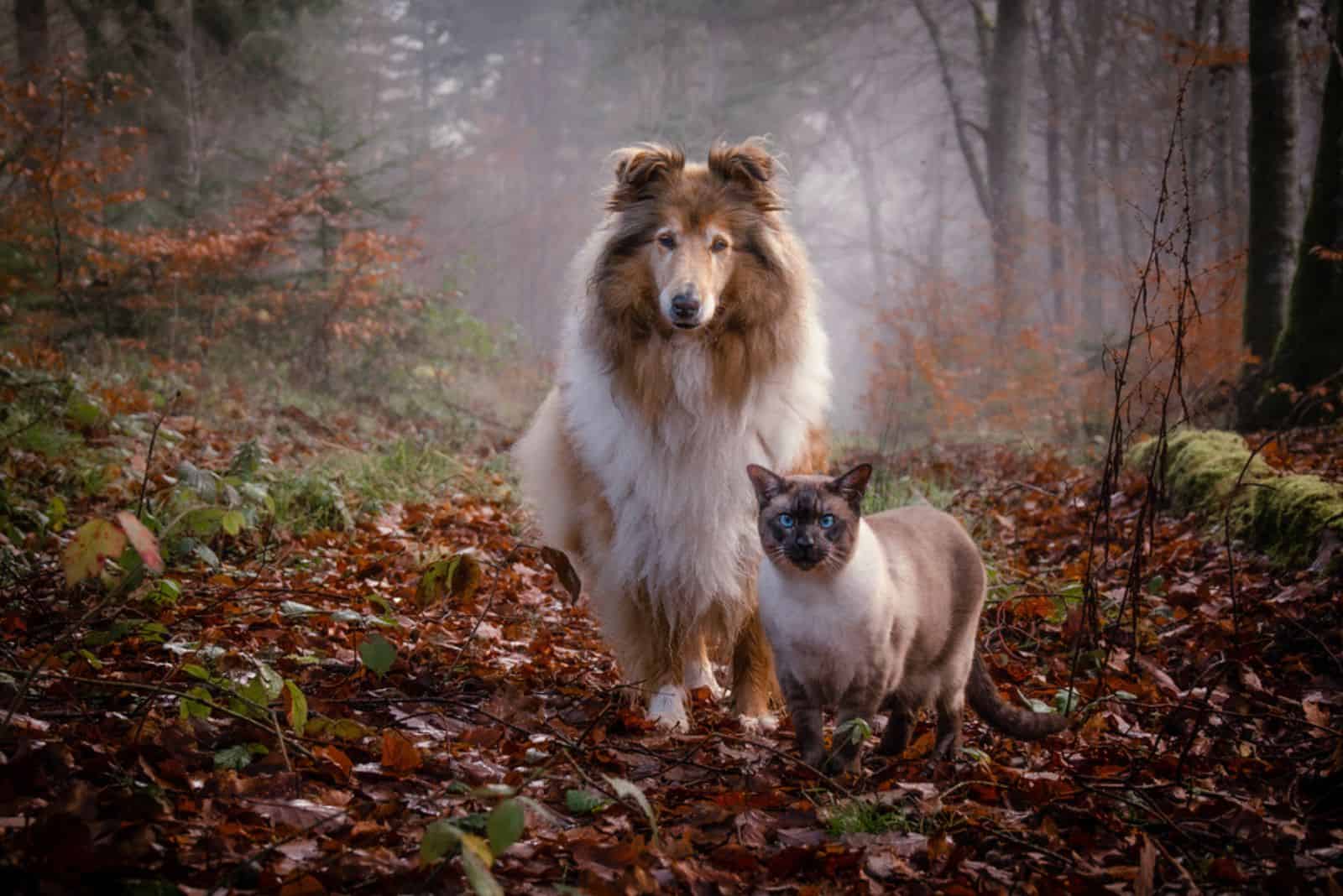
Bichon Frise is known for their love for kids and are quite energetic and need plenty of playtime with their owners. They are known to be a bit vocal, but are usually patient with other pets in the household.

Maltese dogs are known for their lively and friendly personalities, making them a great companion for a feline friend.
While their outgoing nature may not be a fit for all cats who prefer solitude, it usually creates a harmonious relationship.
Just like every introvert needs an extroverted buddy, any cat open to canines will surely bond with a Maltese.
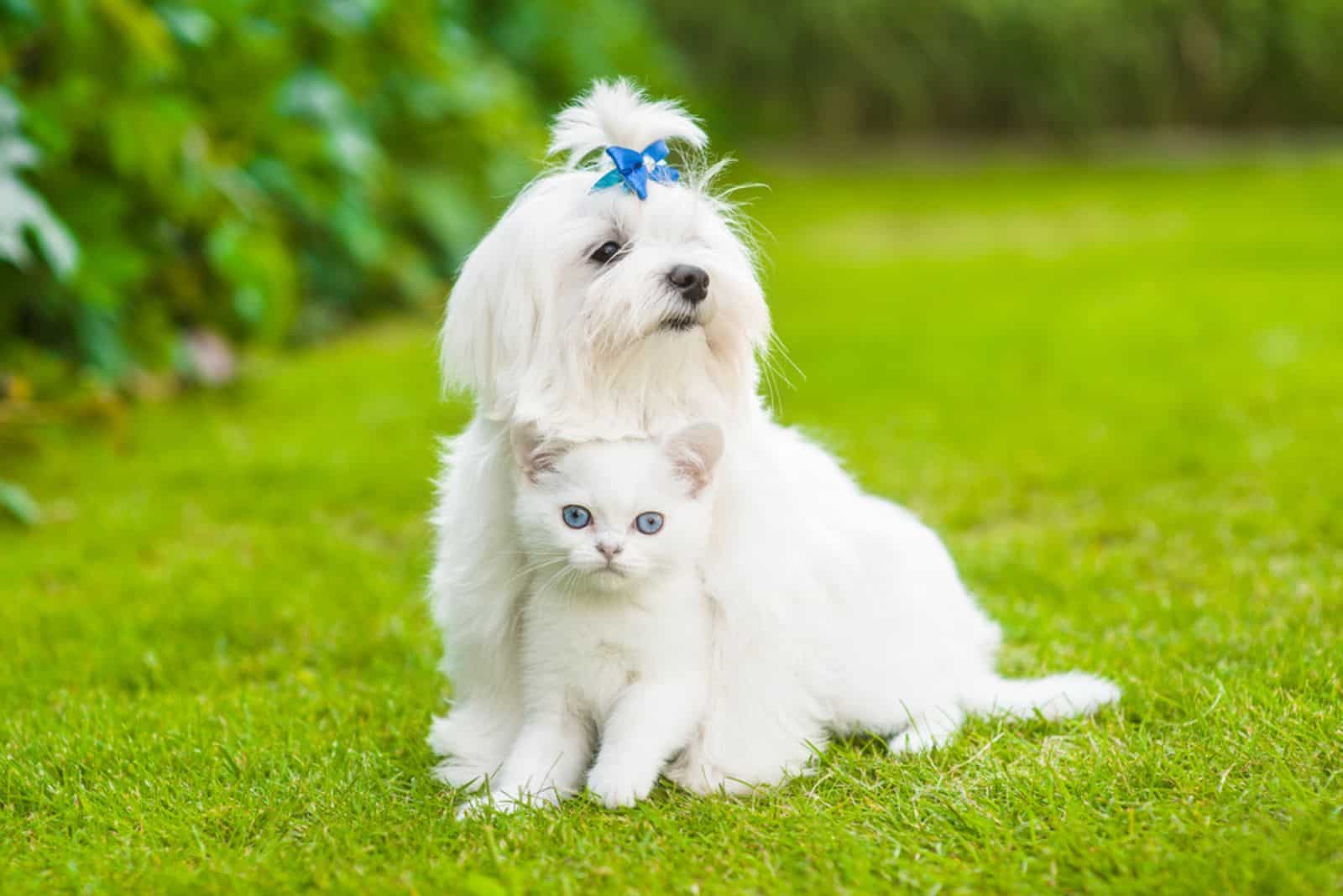
The Maltese dog is known for being gentle and laid-back, making it a good companion to have around your cat. While the Maltese may prefer napping in its bed over chasing after a cat, your cat might be the more mischievous one in the scenario.
Cats could potentially exploit the Maltese’s kind nature, but as long as your cat doesn’t provoke the Maltese, they can coexist peacefully. Monitor their interaction closely if you decide to introduce them to ensure they are getting along well.
12. Pug

The Pug is a prime example of a lovable dog breed. Pugs and cats can be the best of friends (as long as the cat is on board). If your feline friend is cool with dogs, a Pug could be a great addition to your household. They’ll keep each other company and have a blast together when you’re away. With a Pug around, you can rest easy knowing there won’t be any chasing or hunting happening. These friendly little pups are typically safe and gentle around other small animals.
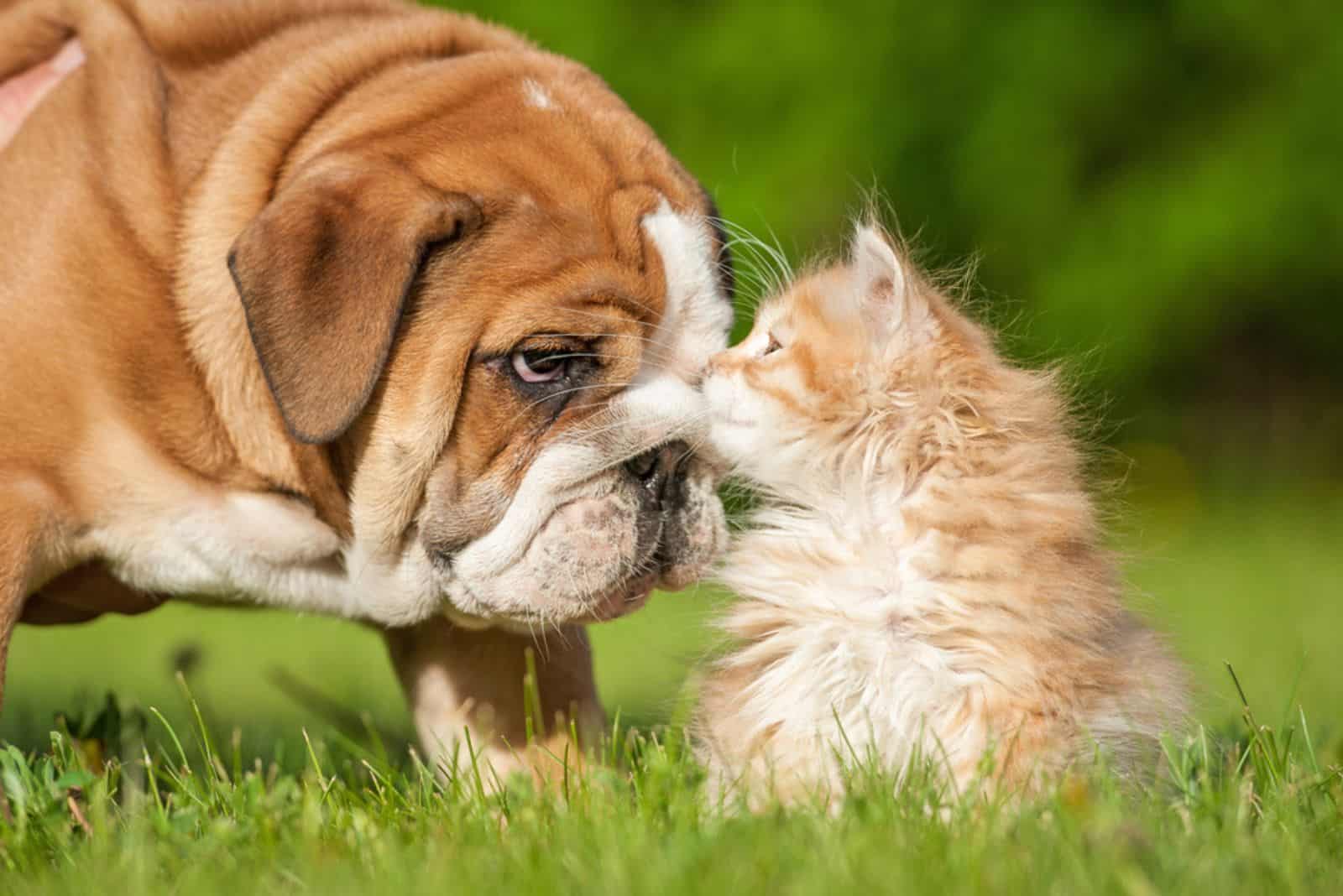
The Bulldogs may look big and intimidating, especially to cats, but don’t let their appearance fool you. Despite their size, Bulldogs are actually known for their gentle and sweet nature. These dogs are friendly to other animals, including cats, thanks to their laid-back temperament. They are likely to enjoy the company of a feline friend and may even appreciate having one around.
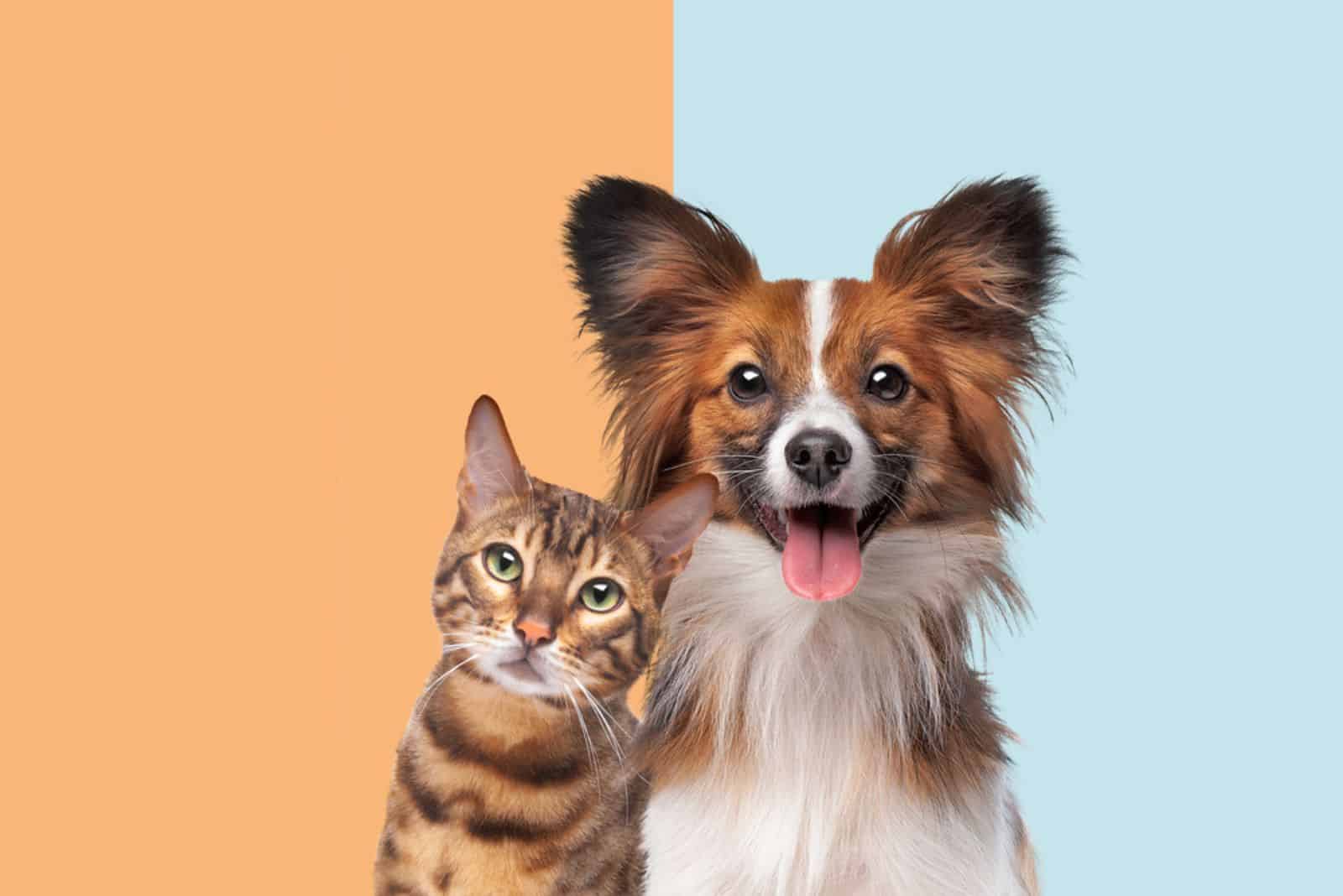
Cavalier King Charles Spaniels are lively and affectionate pets that are perfect for families with kids. They are similar in size to cats, making it more likely for them to get along well with feline companions.

The Cavalier King Charles Spaniel is known for its gentle, sweet, and loyal nature. These dogs are playful and enjoy interacting with others, making them friendly towards all, including cats. Their happy demeanor and inquisitive attitude may lead them to see felines as potential friends.
In conclusion, when it comes to introducing different dog breeds to cats, it’s important to remember that each dog is unique. Even if you come across a breed known for not getting along with cats, like a Siberian Husky, don’t lose hope right away. Take the time to introduce them slowly and calmly to your cat, as you may be pleasantly surprised by the outcome.
While some dog breeds are generally good with cats, there can always be exceptions. To be on the safe side, choose a dog breed that is known to have a positive relationship with felines. Regardless of the breed you have, always supervise their interactions and be patient as they get to know each other. By being cautious and attentive, you can ensure a harmonious relationship between your cats and dogs.
